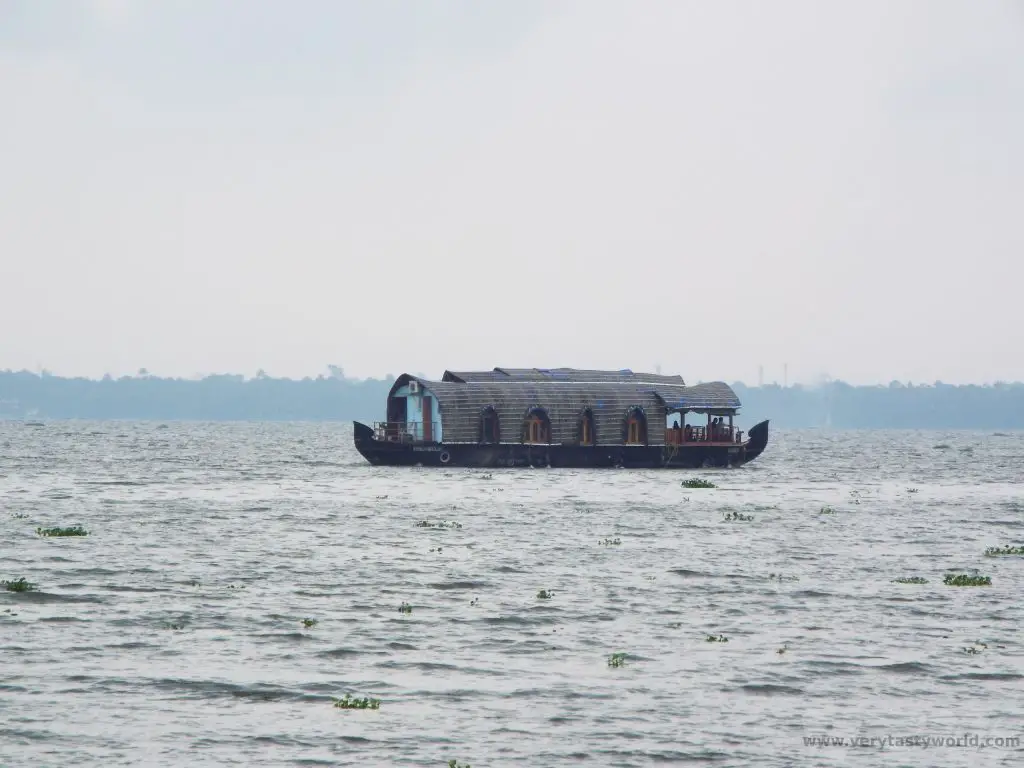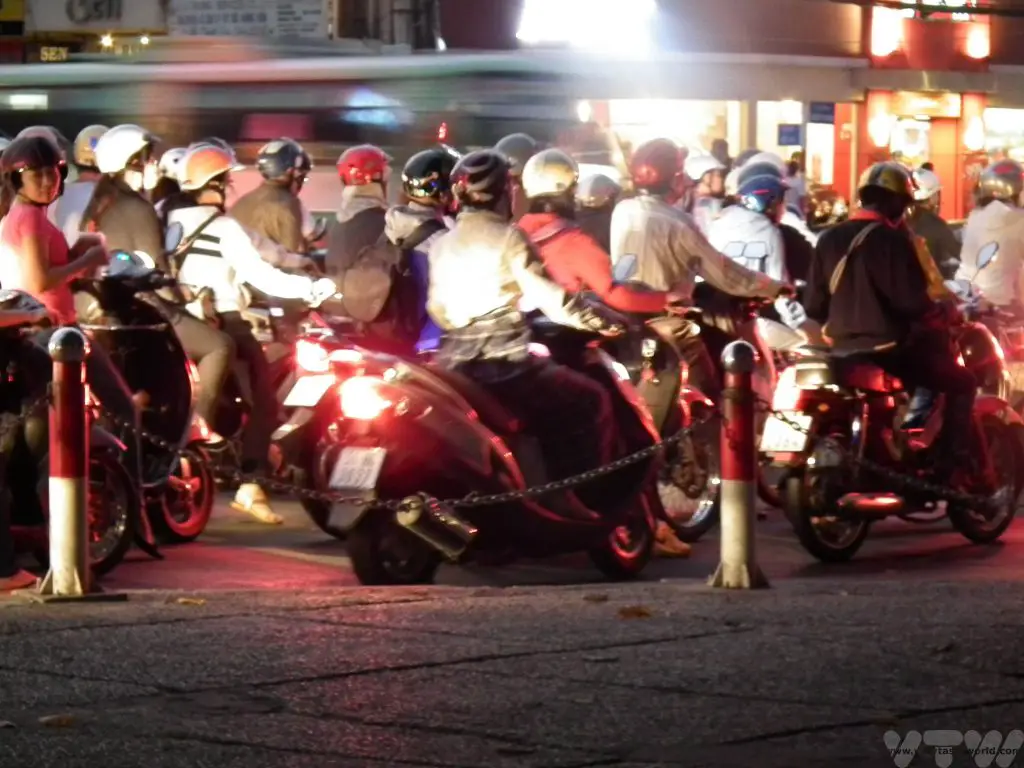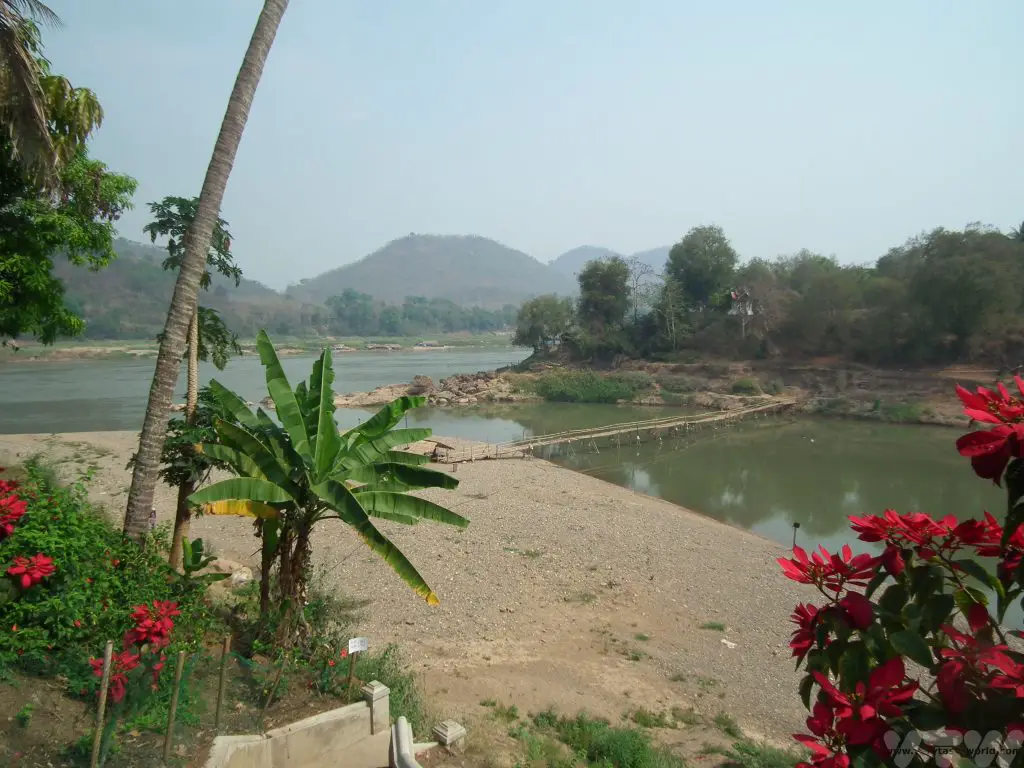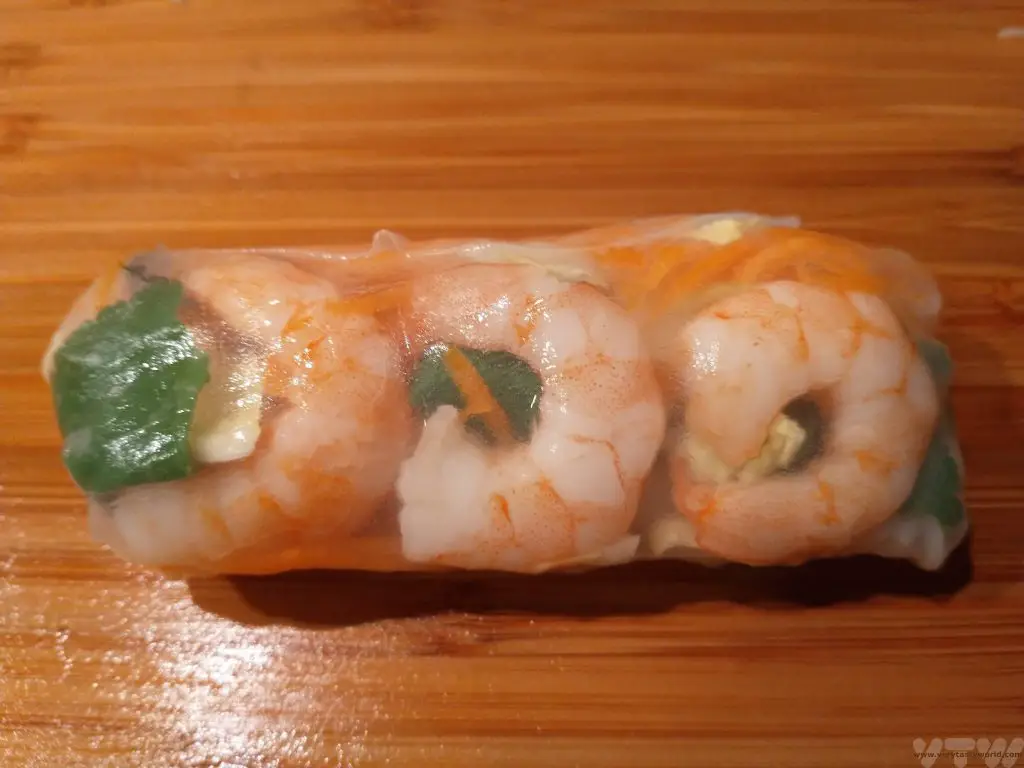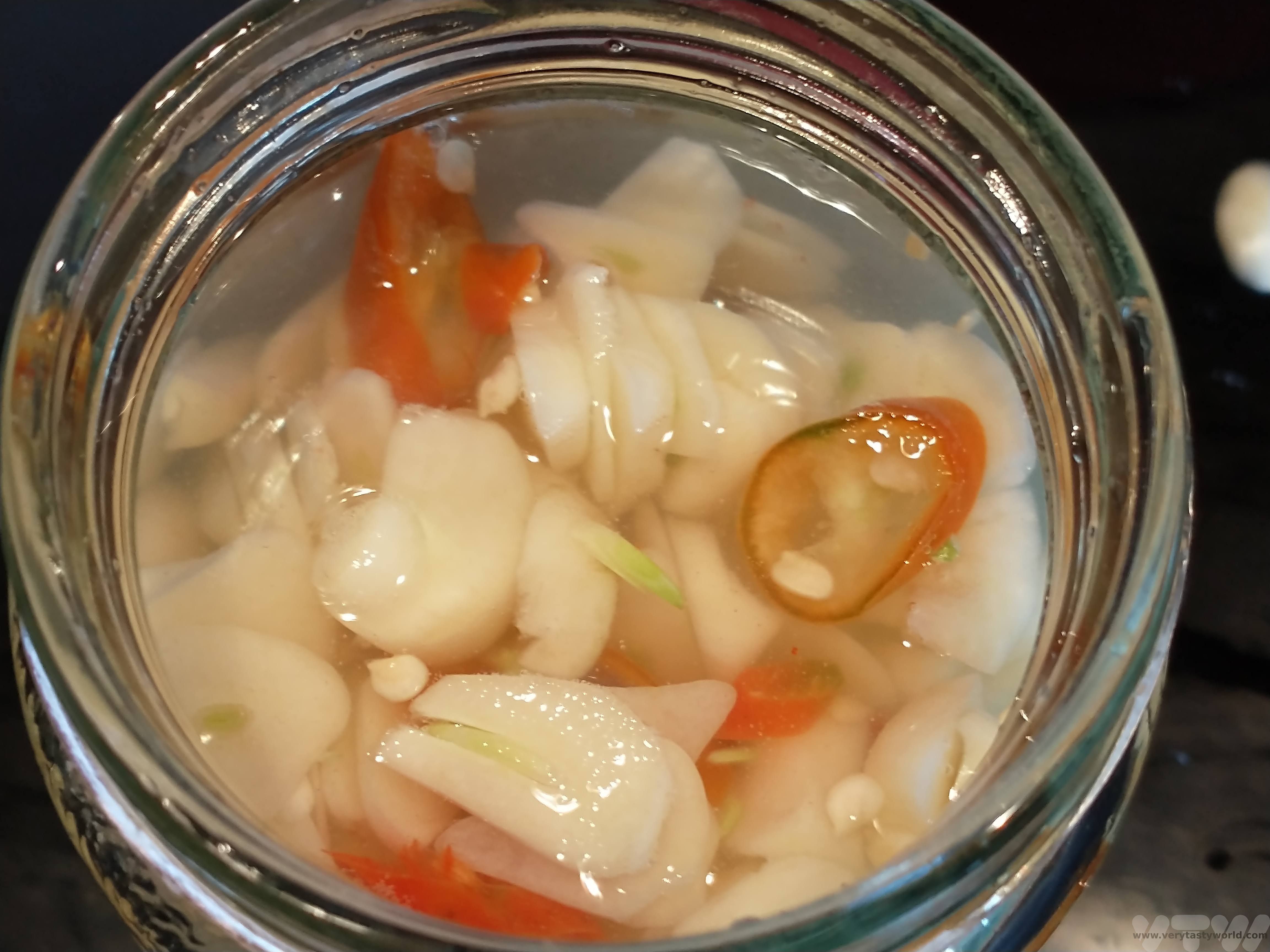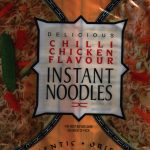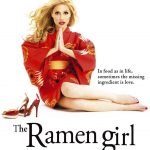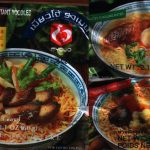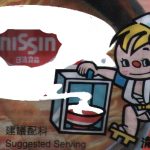Mekong Delta River Cruise in Vietnam
Fruits of the Dragons
As the mighty Mekong river reaches Vietnam and approaches the South China Sea the main waterway splits into a maze of rivers that form the Mekong Delta. The region is known locally as Cuu Long, or “Nine Dragons”, representing the nine main tributaries. Located just a few hours away from Ho Chi Minh City, enjoying a Mekong Delta river cruise is a lovely excursion when visiting south Vietnam.
The delta region covers an area of around 40,500 square kilometres in south-western Vietnam. It is the mouth of the Mekong, Asia’s third longest river, which has run nearly 5000km from its source in the Tibetan plateau, through China, Myanmar, Lao PDR, Thailand, Cambodia and finally into Vietnam.

River Cruise
Three to four hours’ drive away from the relentlessly loud and energetic Ho Chi Minh City, the hectic urban hubbub slowly transitions to rural rice fields. It is possible to undertake a river cruise along the Mekong Delta from a number of locations in the area; there are plenty of choices with various levels of indulgence. It’s a lovely way to see the country from a very different perspective and at a pace that is much more laid back. We chose a two day journey from Cần Thơ to Cái Bè starting along the Sông Hậu branch of the river and sailing into the Mekong.
Depending on budget there are different boats available. Some are rather splendid – we travelled on a traditional style Bassac boat. These are wooden vessels with private cabins and a decks with seating so that you can enjoy the view.

The cabins are compact, but had all the facilities we needed, including a teeny en-suite shower room.


A Slow Journey Along the Mekong Delta
Cruising along the Mekong can best be described as ‘leisurely.’ We saw all sorts of vessels, large and small, as we travelled along.
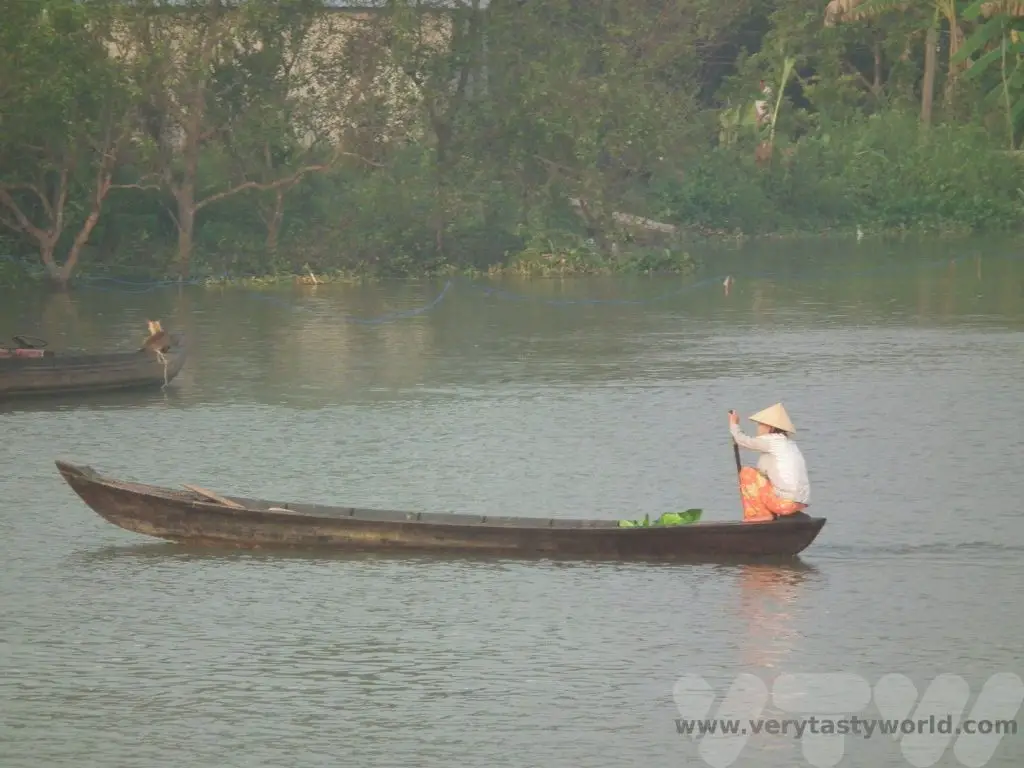
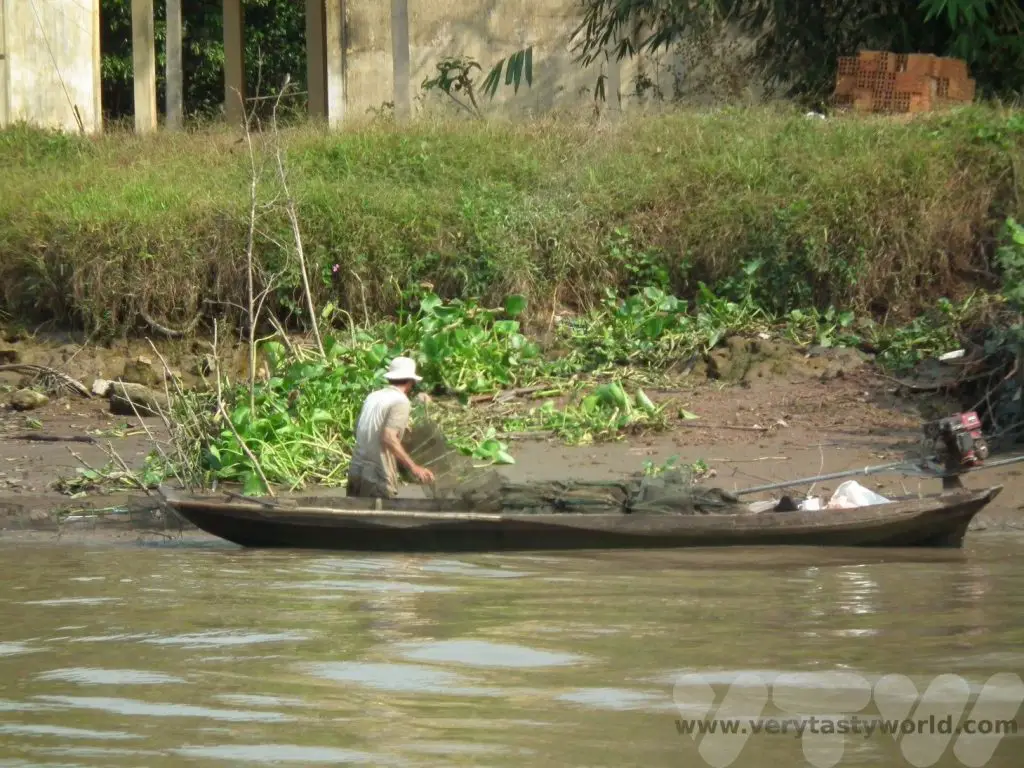
All along the journey we saw water hyacinth floating gently by. This is a fast growing plant that floats freely in the river. It is a bit of a problem in the delta as it can get clogged up in a motor boat’s propellers and is also somewhat invasive, preventing other life thriving on the river. It is apparently edible (not sure we’d want to fish it out of the river and have a munch and, anyway, it needs to be cooked first) but it can also be collected and processed in order to make woven products such as mats, bags and baskets, which local people can sell.

Mekong Delta River Cruise – A Land Excursion
Many of the boat trips offer excursions to various attractions along the way. It is also possible to visit some of the onshore villages in the area and to explore them on foot, visiting local farmers and learning about the food that’s produced there.
The area is extremely fertile and rice is the major crop grown. Due to the climate in South Vietnam it is possible to achieve three crops per year.


There are no cemeteries in Vietnam so families set up graveyards in the fields.

There are also a number of fruit trees that grow in the region. Some are familiar.




Jackfruit has become hugely popular in recent years as a ‘meat substitute’. Its texture and ability to absorb flavours make it incredibly versatile for vegetarians and vegans – mock ‘pulled pork’ is a particular favourite. But actually it is very tasty as a fruit in its own right.

Tapioca is the starch derived from the roots of the cassava trees and often used in puddings (which are far more delicious than school dinners).

Some of the residents are happy to open up their houses and it is possible to do home stays with local families. If you’re just on a day trip, visitors are sometimes offered some of the amazing fruits grown on the island.


This platter was exceptional. There is an sequence to eating the fruit in order to gain maximum enjoyment: Always start with the fruit with sour flavours and finish with the sweet.
One plate that was a particular revelation was the pineapple. Of course, fresh pineapple is utterly scrumptious, especially when it hasn’t travelled half-way around the globe, but it was served by sprinkling a little chilli and salt on each piece and was a taste sensation. It makes sense: like a lot of Vietnamese food it includes sweet and sour flavours (which the pineapple provides) plus an additional salty dimension and a good dose of heat from the chilli.
Banana leaves are not only functional, they can also be decorative – just look at this lovely banana leaf ‘origami’ grasshopper.

It was late afternoon by the time we returned to our boat.

Time for a delicious, decadent seafood dinner…


…followed by after-dinner drinks watching the sun set over the Mekong.

Journey to Cái Bè
Our boat docked at Tra On for an overnight stay onboard. The following morning we headed towards Cái Bè. The Mekong becomes much more of a working river and we passed by many riverside emporia and floating shops.
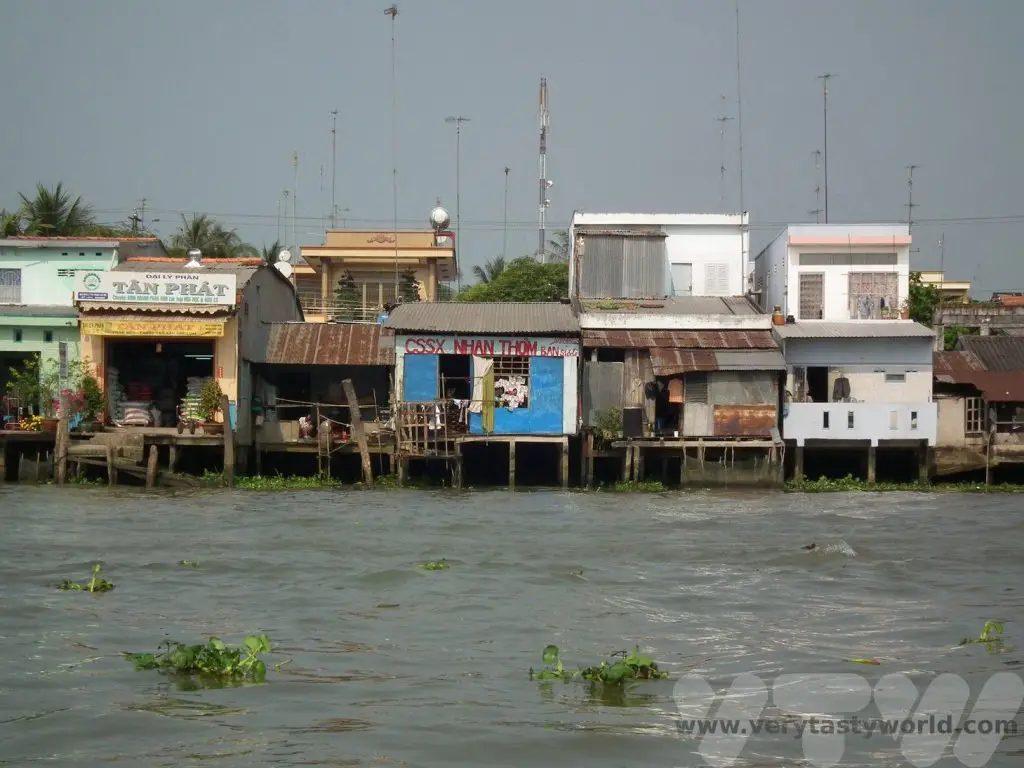
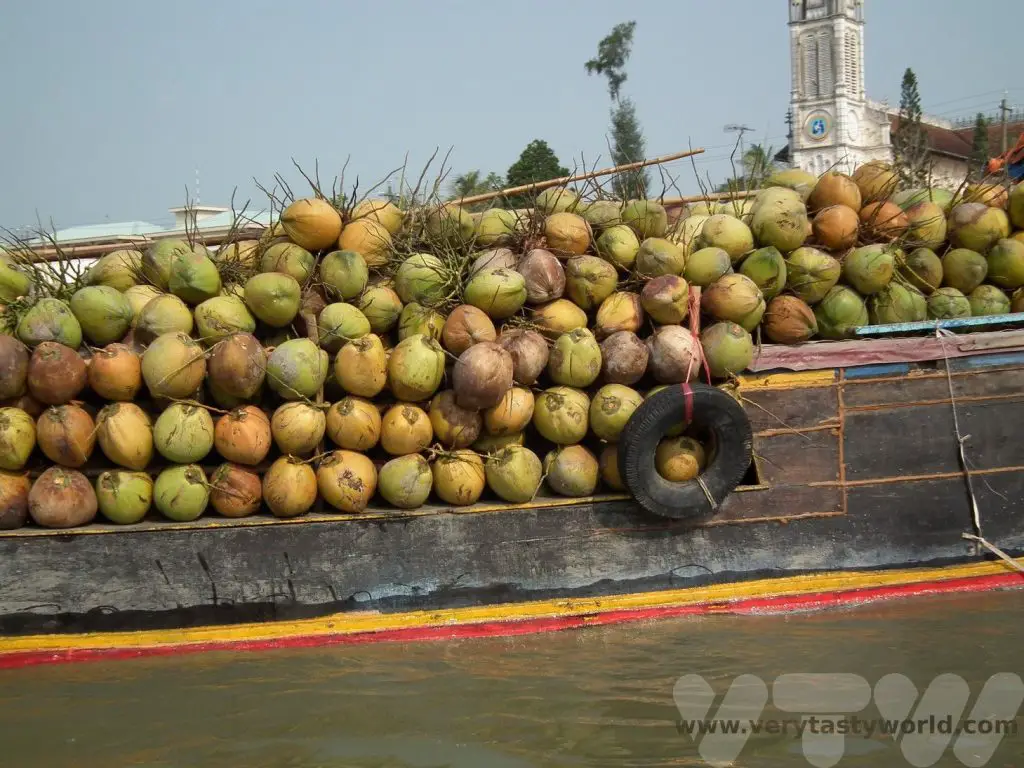
Cái Bè has a Catholic church – an unusual structure to see in the region. Dating from 1929-1932 apparently it has the tallest bell tower in the province.

The local boats have eyes painted on them which reputedly scares away the crocodiles.
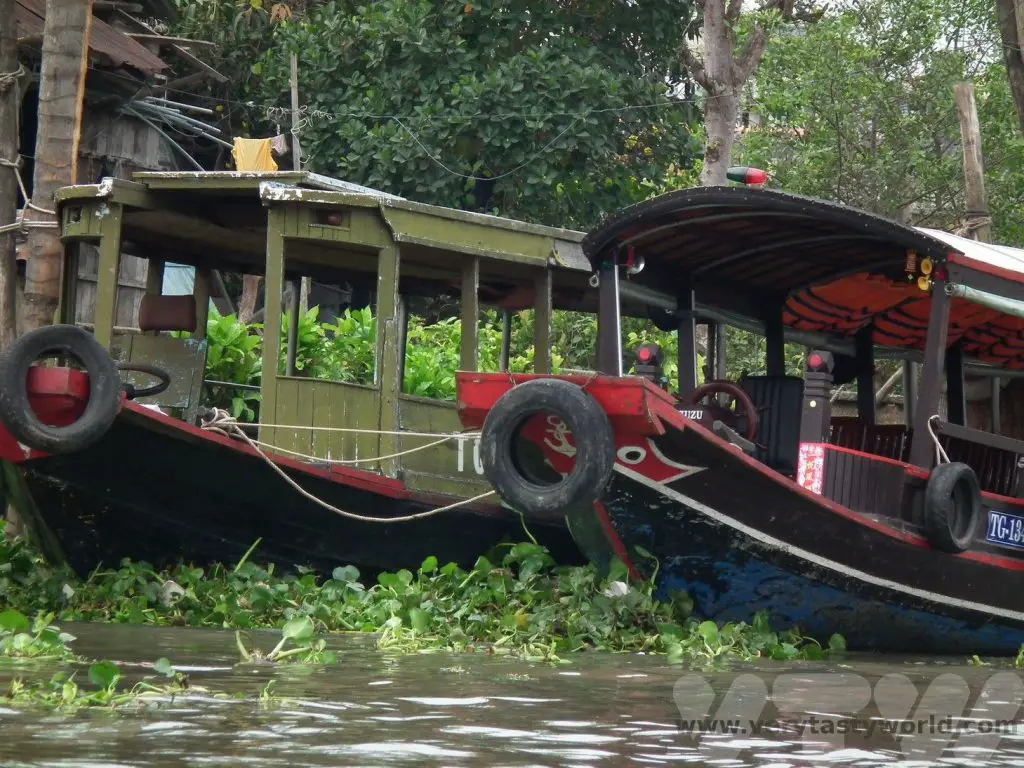
On arrival at Cái Bè we disembarked and visited a factory which made rice products – rice paper and rice cakes – as well as candies.
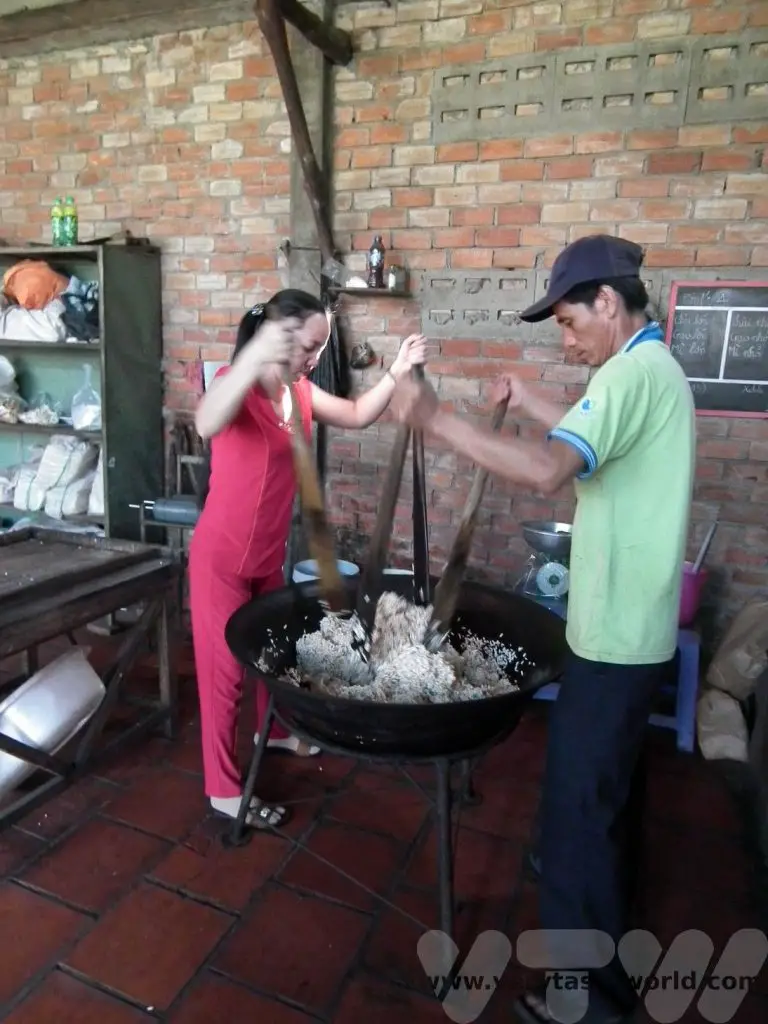
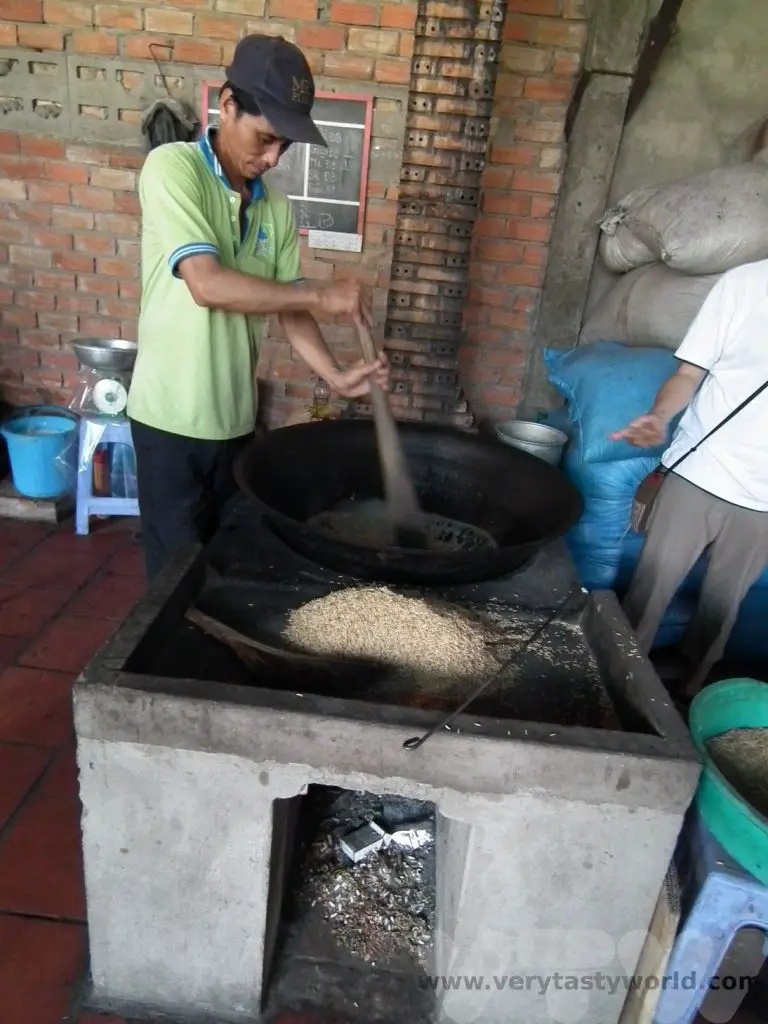
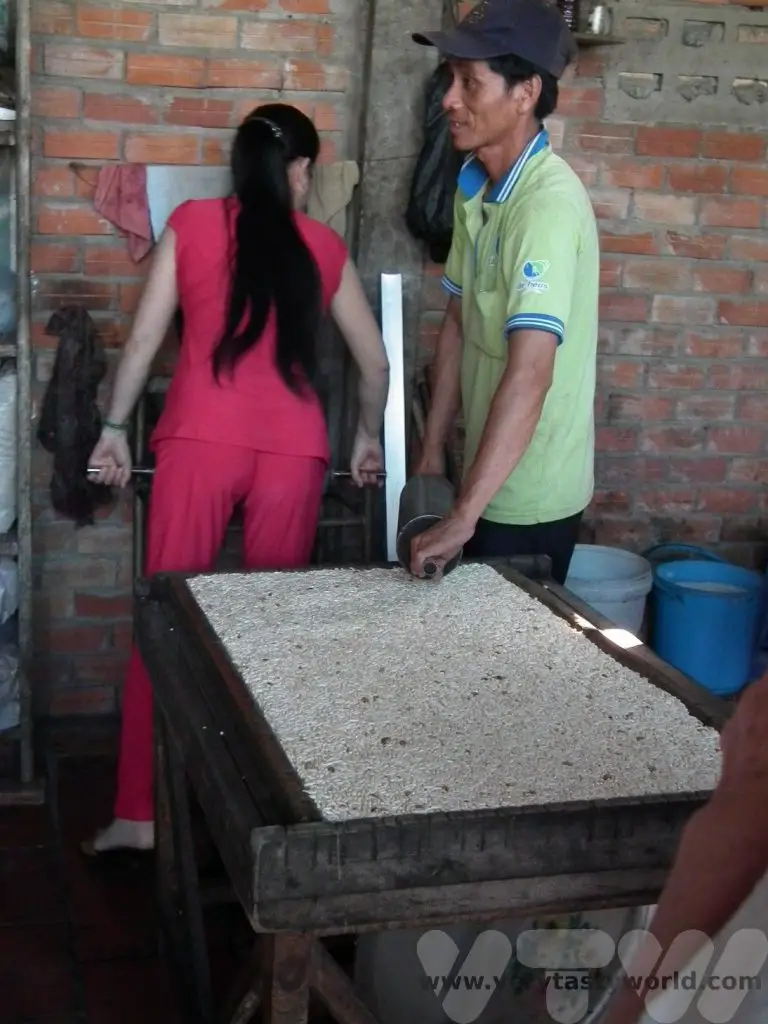
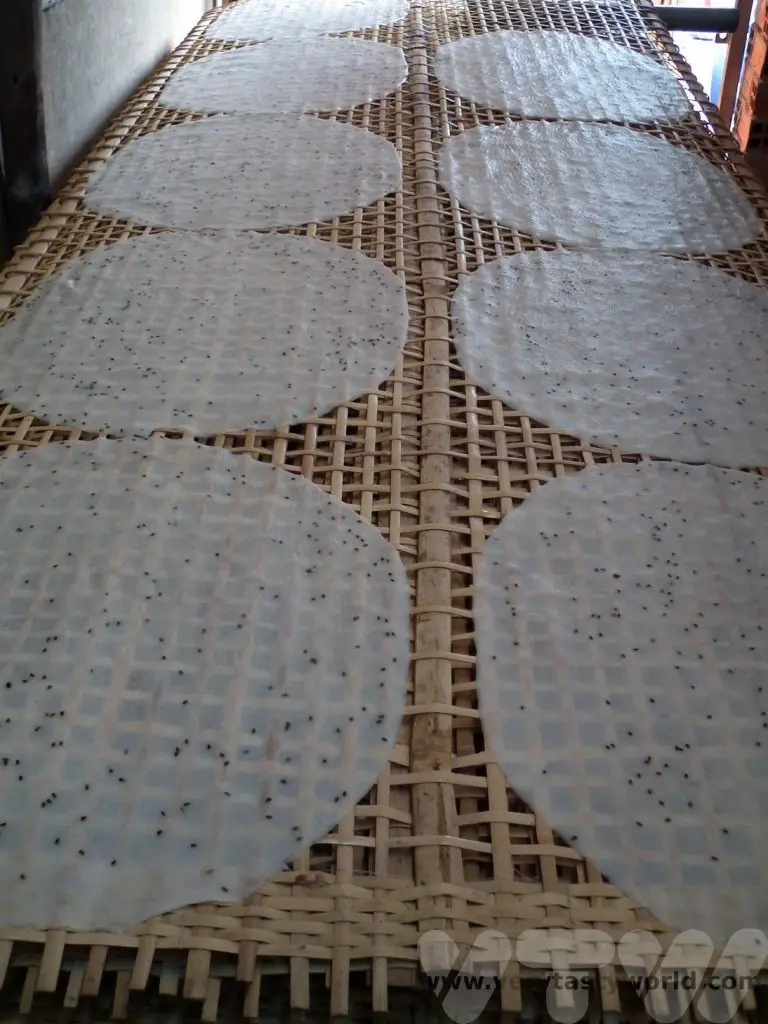
In making coconut candy, shredded coconut is used to make coconut milk and cream which is combined with sugar and malt syrup and then heated and mixed together.
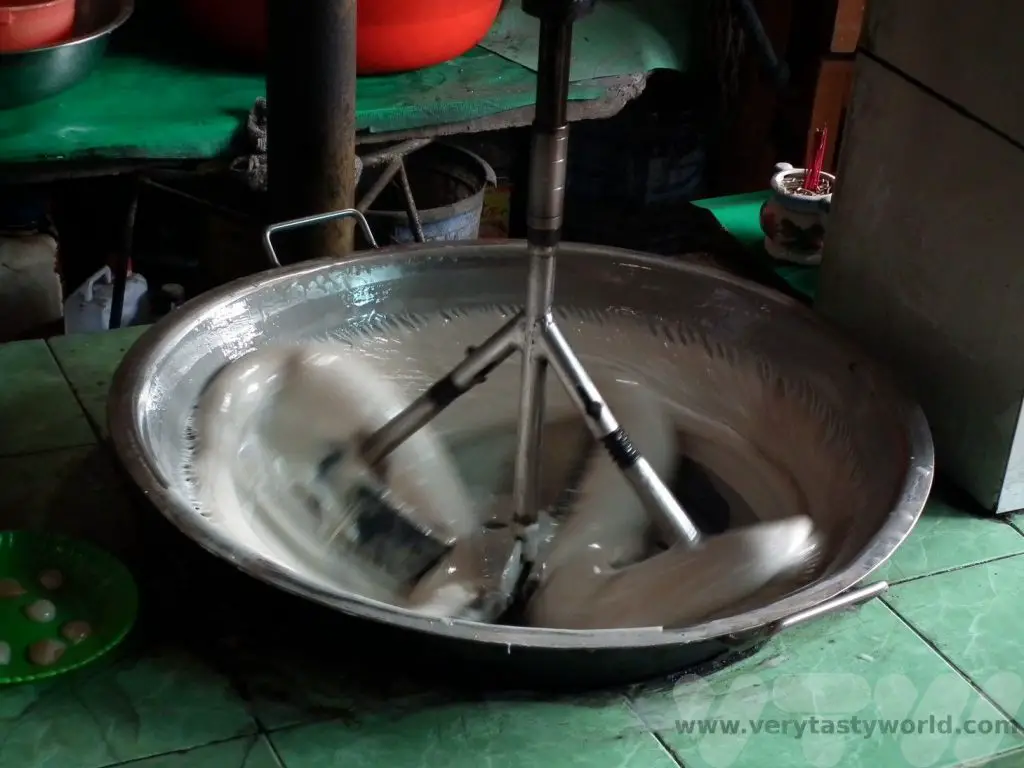
Whilst still warm, the mixture is then laid into strips to cool and then they are cut into bite-sized candy pieces.
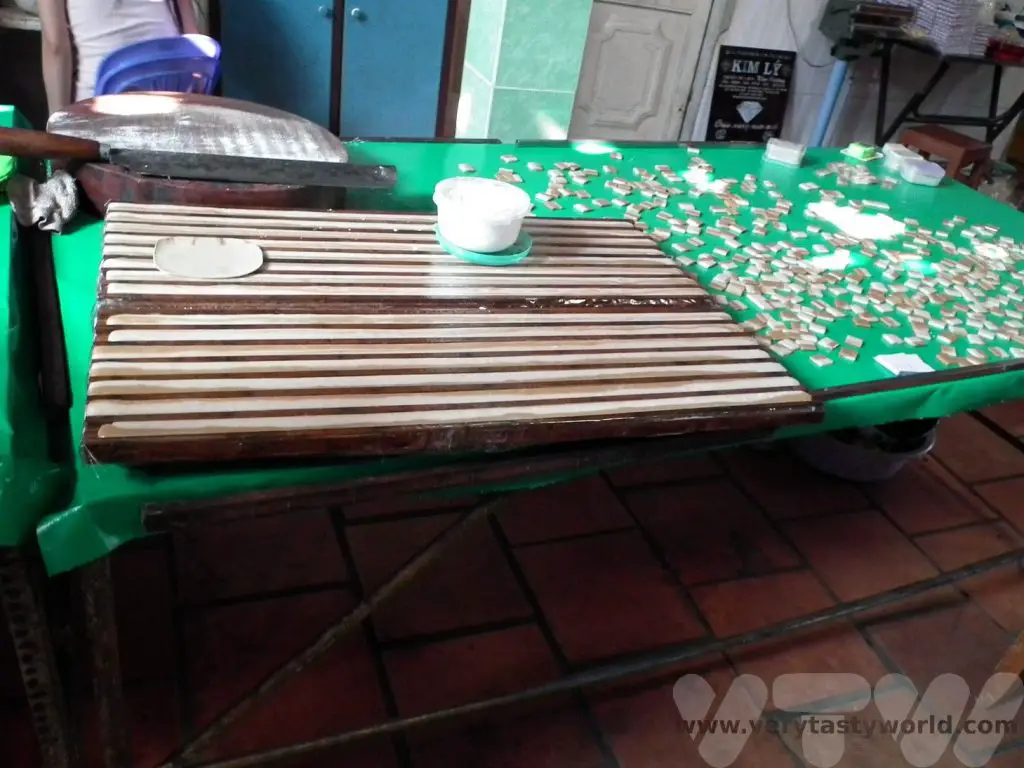
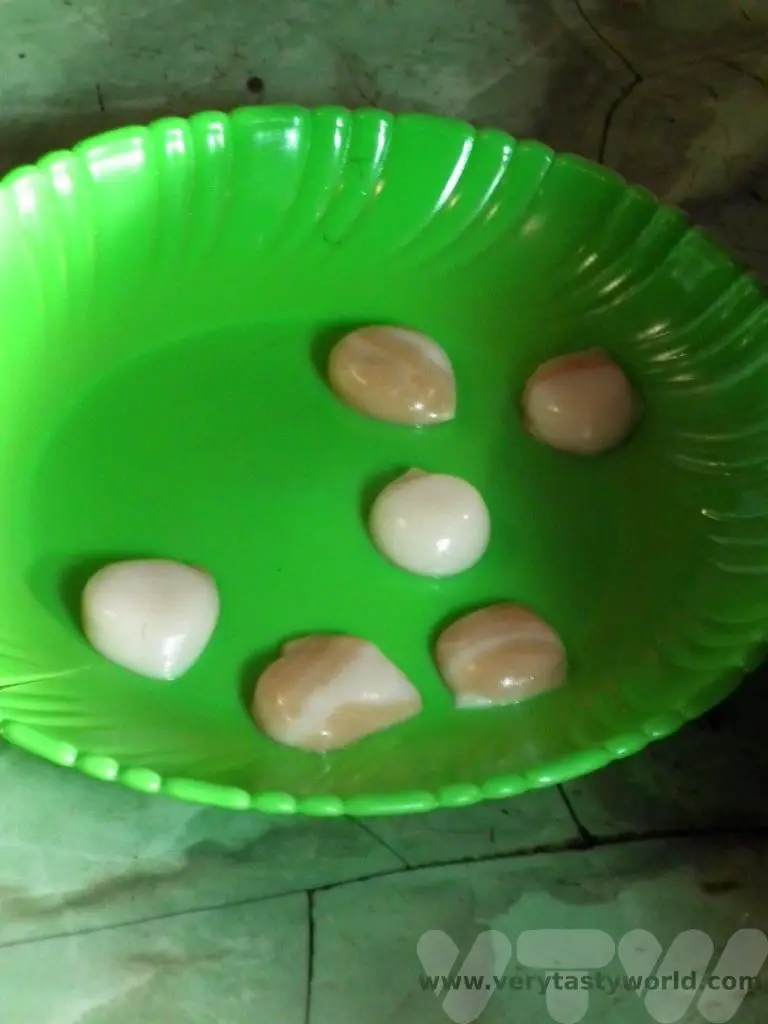
Related Posts You May Enjoy

Noodle Nirvana at the Yokohama Ramen (Raumen) Museum
Here at Very Tasty World we have a passion for pasta and, as our regular ramen reviews emphasise, there is a joy in the variety of internationally available variants of noodle niceness that you can enjoy at home with just a kettle, a bowl and a pair of chopsticks. Of course, ramen restaurants are also available, if you are lucky enough to be able to reach one, so you don’t even have to trouble yourself to turn on the kettle.
But what if you want more?: To learn more and to taste more? What if you want to understand the history of ramen, instant or traditional, and to try various examples with different flavours from around the country for which ramen is best known? There is only one place to go, a foodie theme park where you can learn the history and, importantly, taste many different types of ramen in all their broth infused glory. The Shinyokohama Raumen Museum (The English site is here – please be clear of the spelling with the additional ‘u’, which is correct in Japanese, otherwise you might have search engine issues) is that place, a multi-storey building dedicated to everything that is ramen. We naturally felt obliged to travel there and research our culinary favourites. We were not alone in this desire to get to know ramen because Brittany Murphy’s character Abby does exactly the same thing when she visits in the film The Ramen Girl.
Yokohama Ramen Museum
The Yokohama Ramen Museum is – unsurprisingly – located in Yokohama, the second largest city in Japan, which is easily accessible from Tokyo. If you have a Japan Rail Pass you can use the shinkansen (bullet train) to arrive at Shin Yokohama, which is the closest station, but there are plenty of other train services available too.
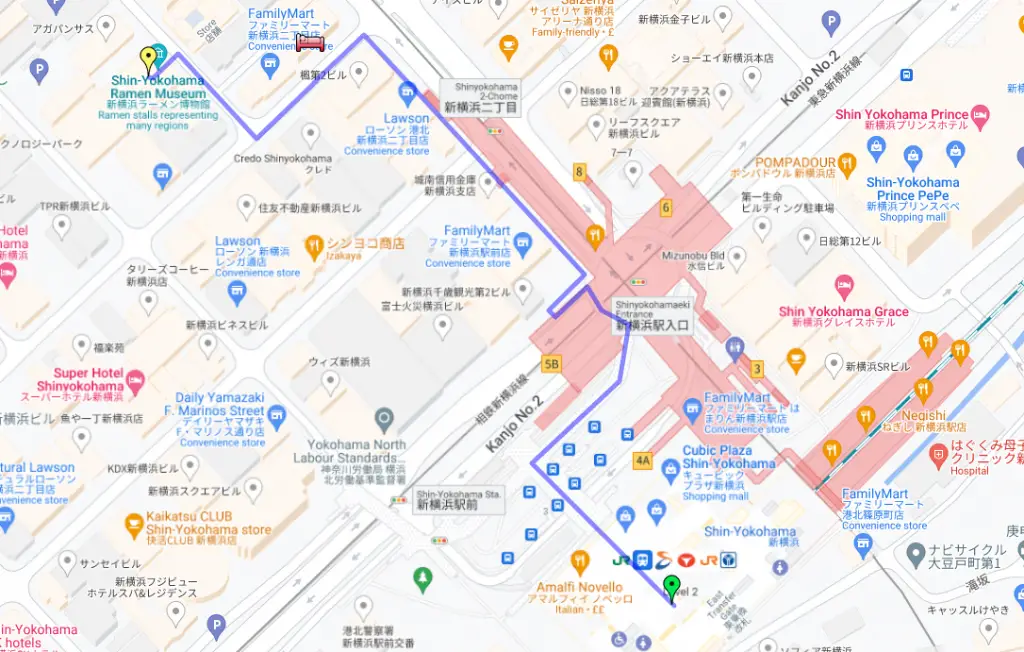
History of Ramen
The ground floor is the museum’s main area of knowledge, displaying a range of information about the history of ramen from traditional to instant. The displays include chronological timelines and also show the progression of instant noodle technology. So you can observe the pots, the packets and even a noodle unravelling.
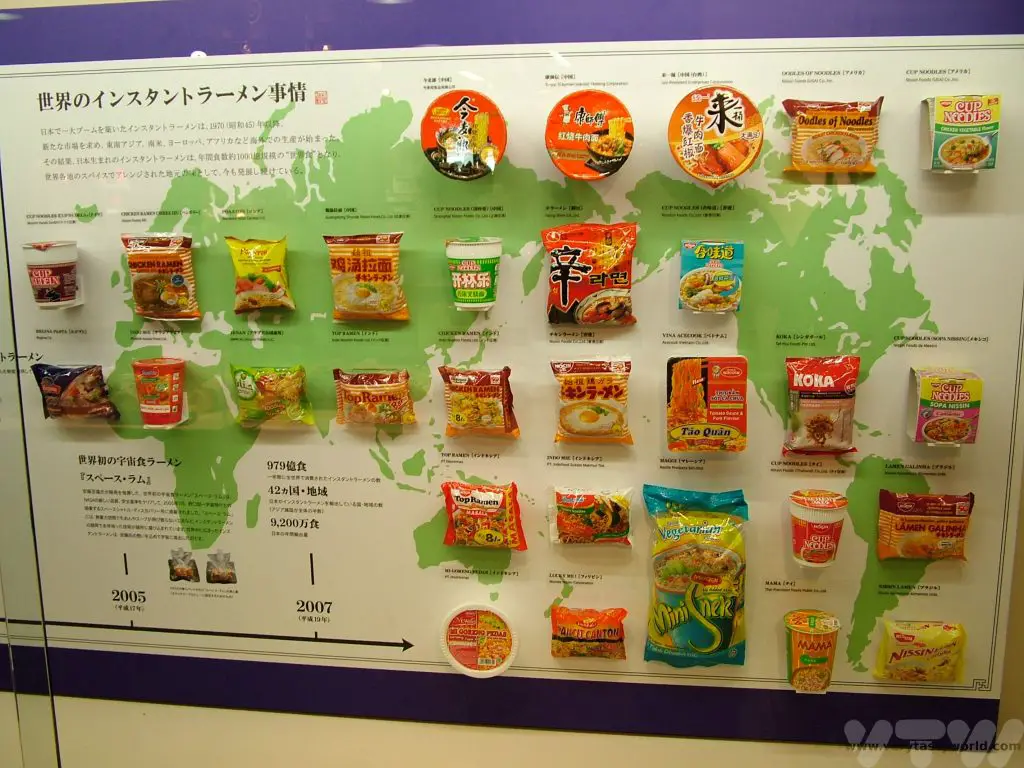
But the proof of the pasta is in the eating. So you need to head downstairs in order to fulfil your craving. Pro tip – if you are planning to visit, make sure you do so on an empty stomach – don’t have too much for breakfast in the morning..
Sunset Shopping Street
The eating area, Sunset Shopping Street, is a recreation of a town in 1958, the year that instant ramen was invented. The whole environment has a sundowner setting with cloudy dark blue sky and street lighting which all adds to the ambience.
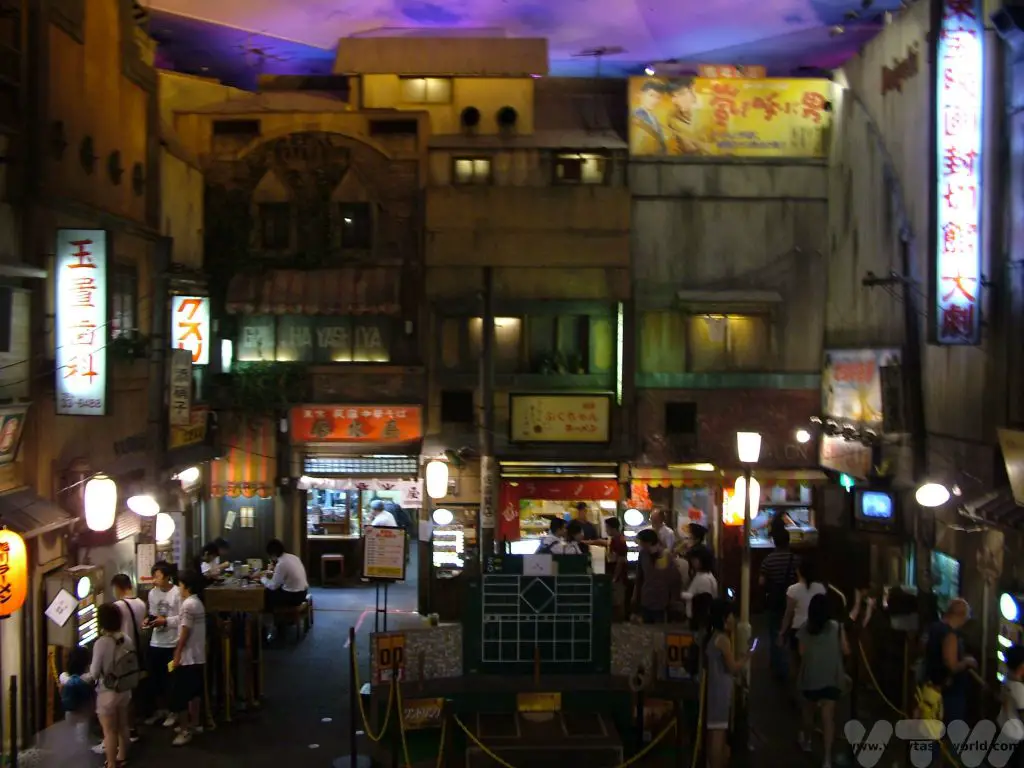
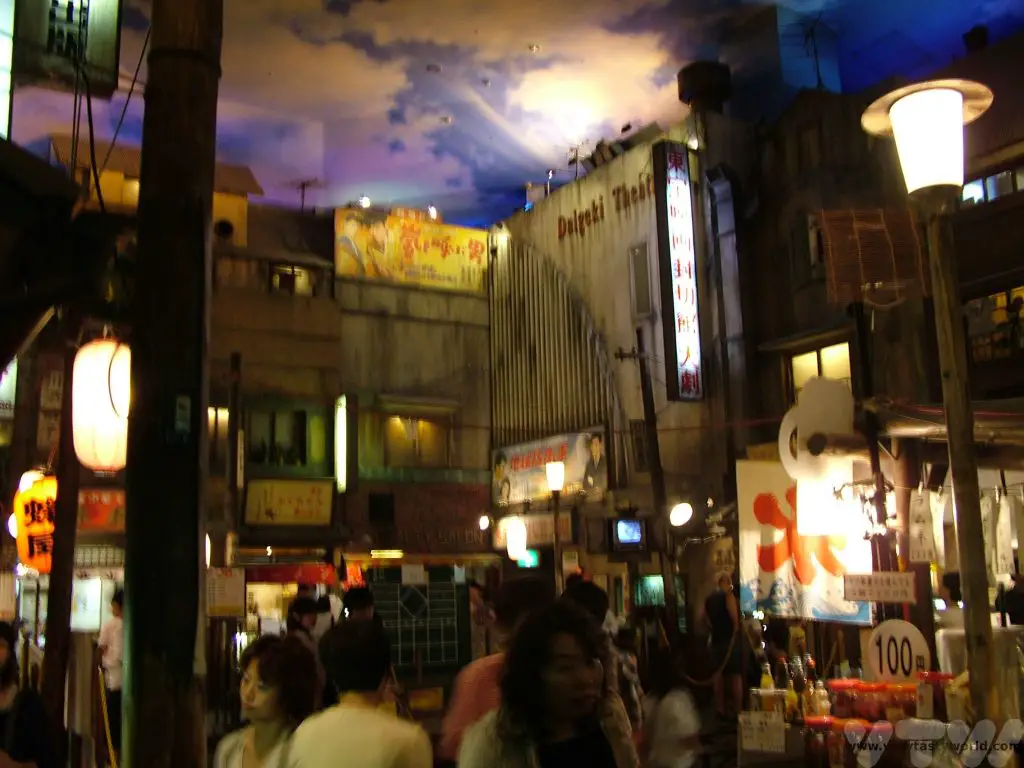
There are a number of restaurants where you can sample regional ramen, from miso ramen to salty soy sauce and rich, creamy tonkotsu where the broth is made by boiling pork bones for hours. The only problem is deciding which shop (or shops) to choose from, even though you know its ramen you want, the choices are far more complex than the expected ‘what flavour broth or meat/fish/vegetable combo,’ but the bigger ‘what region?’ question because each venue represents a different region of Japan’s quintessential local concoctions. Regional variations are prevalent in lots of Japanese foods such as udon (thick noodles) and okonomiyaki, so each ramen shop offering different options and all declaring their own as the very best, presents something of a conundrum to the casual noodle-slurper. We did see a number of visitors share a bowl of ramen before moving onto the next shop in order to taste as many different variations as possible. However, since our visit, the museum is clear that all adult visitors to each shop should purchase a bowl of ramen. This seems absolutely reasonable as it’s not fair to the restaurant owner to have table space taken up with multiple visitors sitting around a single bowl of noodles. Still, it’s a very pleasant choice to have to make. And these days you can order different sized portions, so if your appetite is big enough you may be able to sample many different types of smaller bowls. The street also has a traditional sweet shop, just in case you are still hungry!
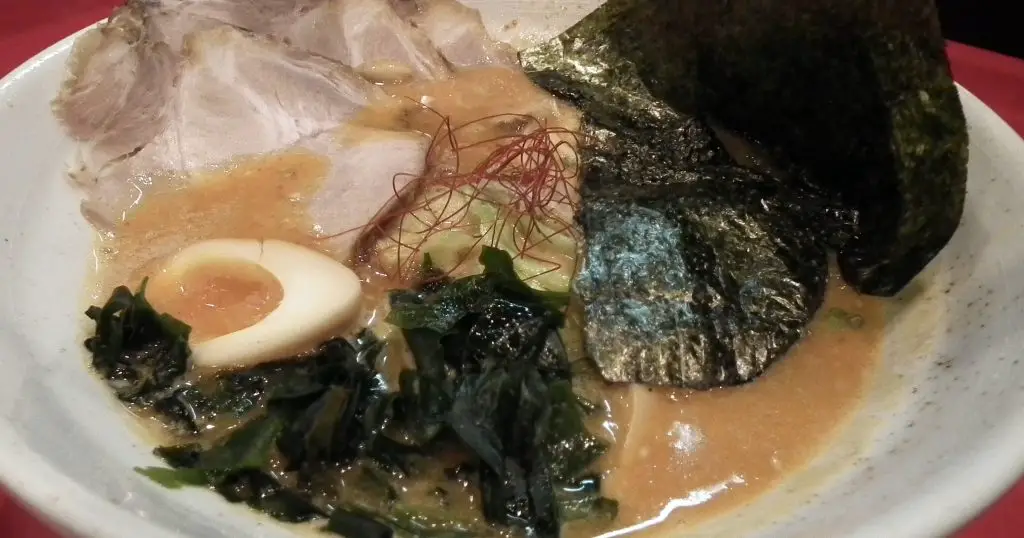
Oh, and there’s even a classic kaiju (monster) poster on one of the fake hoardings – what more could you want?
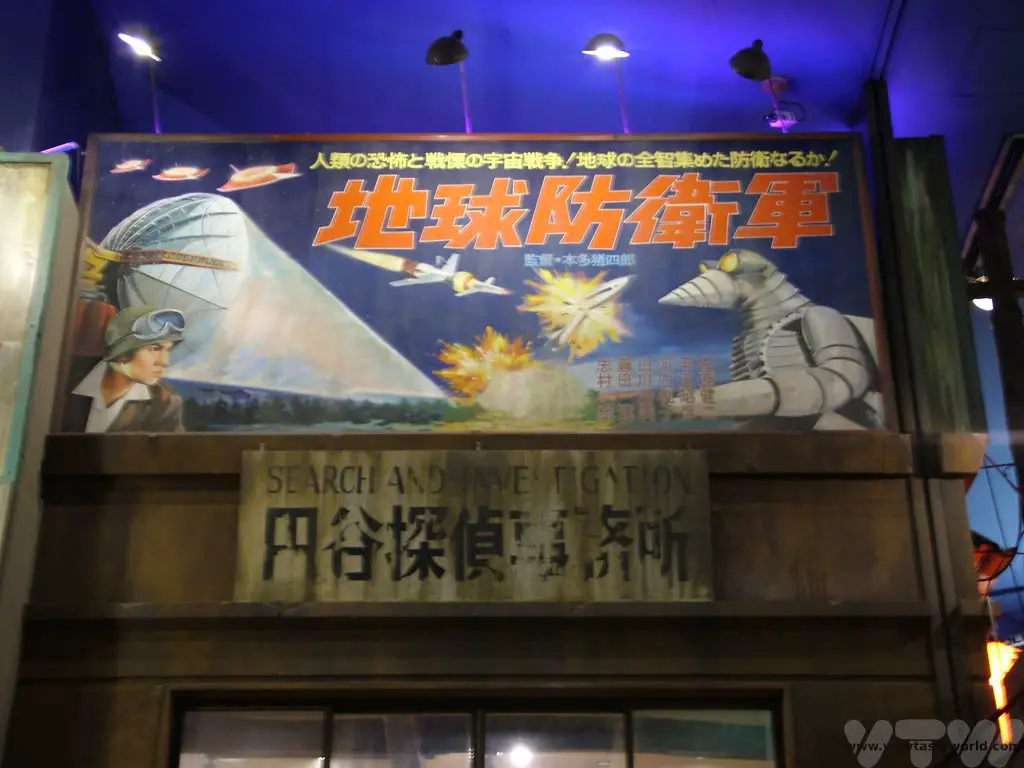
This really is an essential tourist trip for ravenous lovers of ramen. Great fun for foodies in terms of understanding history of the world’s most popular instant food and also getting to eat yummy ramen.
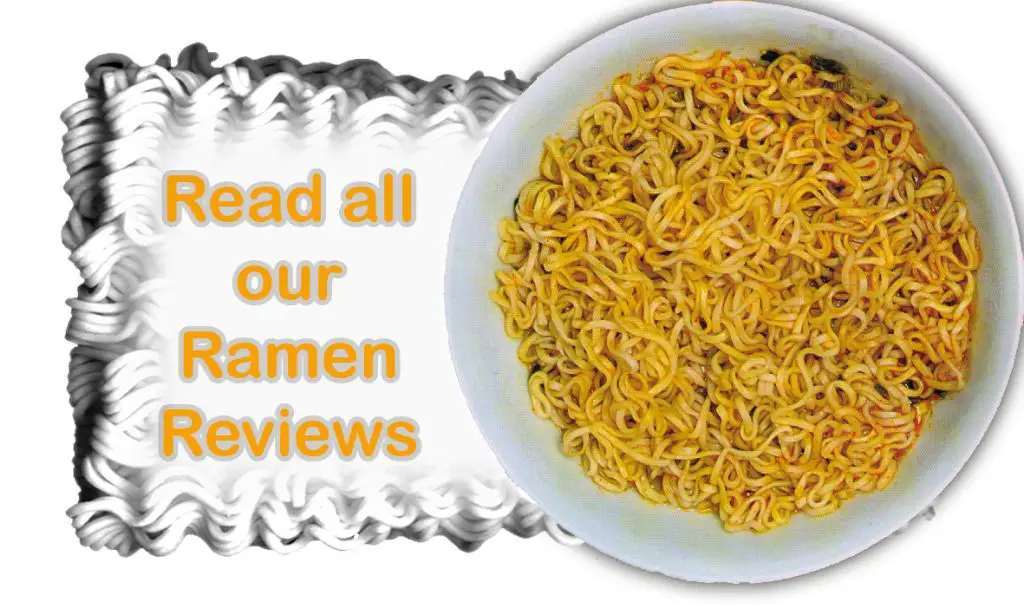
Noodle Review: Samar Noodles
Samar instant noodles come in a variety of flavours and styles. They also often give you the option of chilli ramen to provide some spicy heat or a milder version should that be your preference. It is worth noting this before you take that culinary decision as, unlike some varieties of instant noodle, you only have an individual sachet as your sole soupy source so it’s worth pre-selecting your preferred level of heat in the broth.
Samar Beef
BRAND: Samar
FLAVOUR: Beef
TYPE: Normal
No. OF SACHETS: One – Soupbase
WEIGHT: 85g
COUNTRY: China
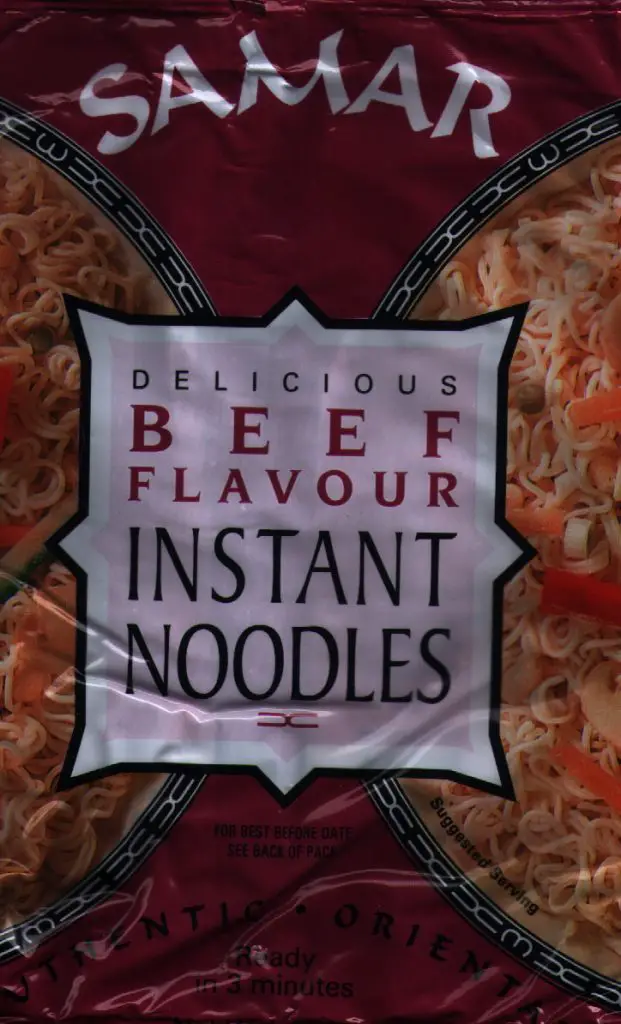
Ridiculously good value and with a huge 85g of noodles on offer you’d be right to be a bit suspicious. Matters are not helped when, upon opening, the soupbase sachet is printed in reverse. Most strange. However, the noodles are more than adequate, if a little uneven in places and there’s no complaints on the portion size either.
The only real problem is that the flavour of the beef, while perfectly serviceable, is all but lost amidst the noodles. Far better than could be expected, nothing to write home about but if you’re feeling cheapskate, or if you don’t have access to boiling water (this can cook at slightly lower temperatures at a push, handy for mountain climbers) then you could do a lot worse than this.
Samar Chilli Vegetable
BRAND: Samar
FLAVOUR: Chilli Vegetable
TYPE: Normal
No. OF SACHETS: One – Soupbase
WEIGHT: 85g
COUNTRY: China
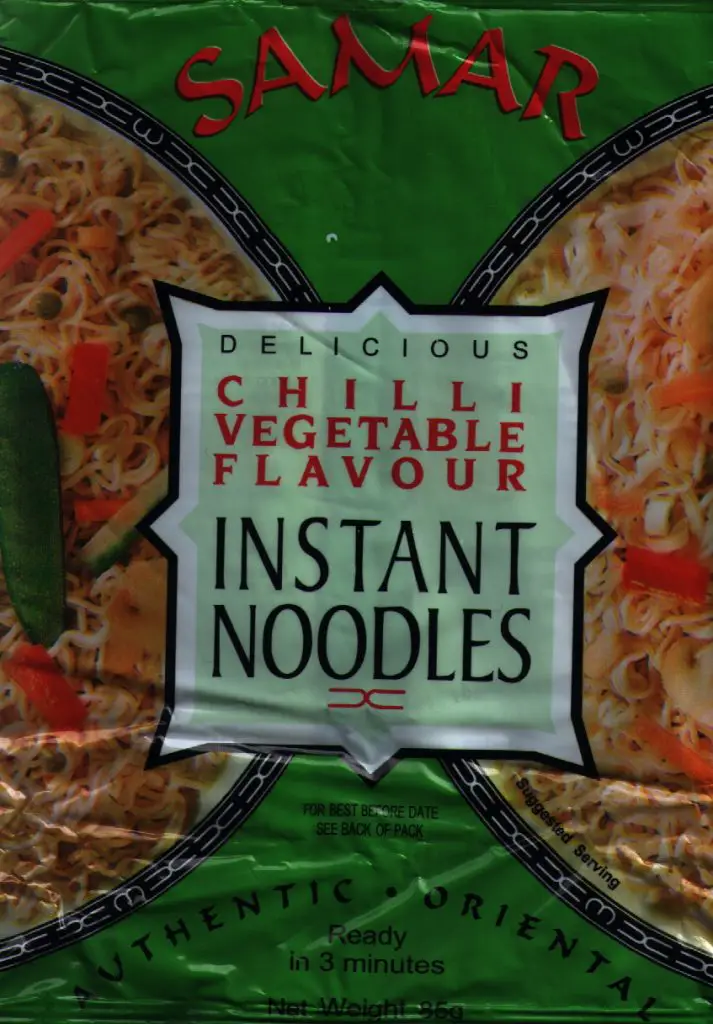
Another in the line of single sachet ‘no frills’ snack noodles from those kind bods at Samar. Like most of the range you get the occasional unsatisfactory strand in the noodles themselves but the overall quality is more than adequate and they cook so simply a child could do it. (Word of warning: always supervise young children when boiling water to make noodles). As ever the deciding factor lies with the taste, and chilli vegetable does not disappoint, a tasty savoury stock with a clean aroma of celery which brings light to the dullest morning.
It’s not too heavy on the chilli so this is suitable for those of more delicate sensibilities. Nice, stable all rounder.
Samar Chicken
BRAND: Samar
FLAVOUR: Chicken
TYPE: Normal
No. OF SACHETS: One – Soup base
WEIGHT: 85g
COUNTRY: China
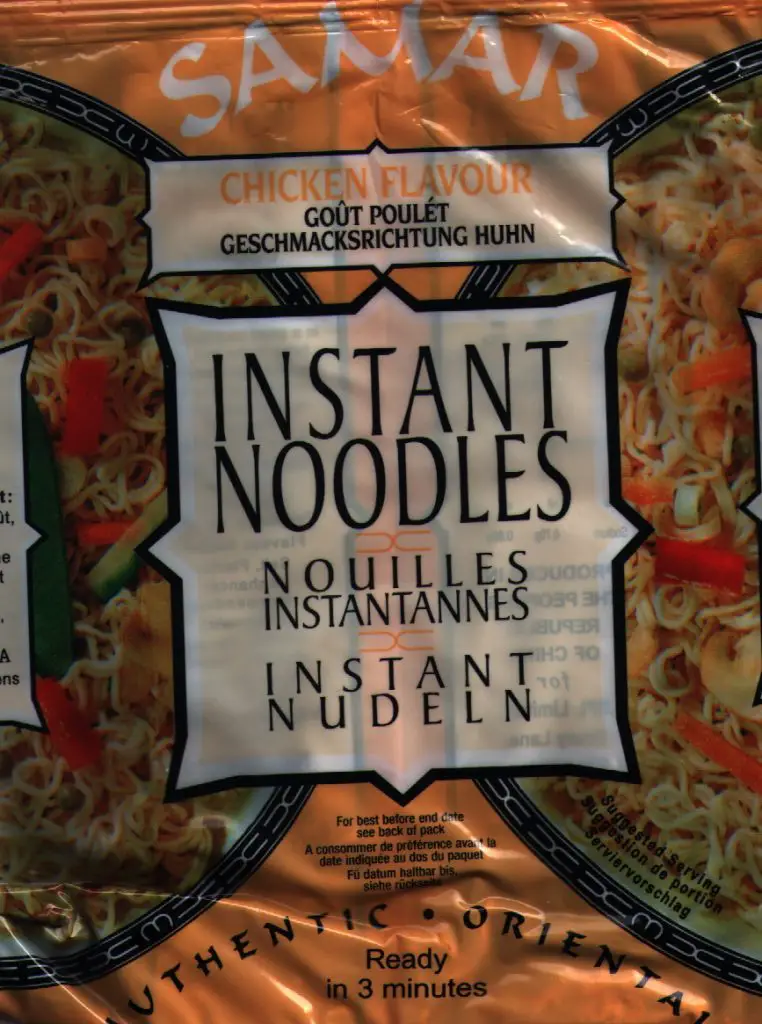
Samar’s budget range has a nice even spread of flavours for the casual consumer to enjoy – nothing generally out on a limb but yet still retaining its dignity. Chicken flavour would be too easy to ‘dumb down’ but here they have just gone for the solid basic, full-of-chicken flavour approach that fulfils all your basic needs. It is light and filled with the aroma of freshly steamed chicken and the noodles cook so easily you’ll forget you even poured the kettle! No risks, no fuss, the ideal starter noodle – buy a pack for a sceptical friend or someone not into spicy food, even they will thank you for it. Those with more specialist tastes look elsewhere.
One word of warning: the packet suggests that these noodles are suitable for vegetarians, now I don’t want to suggest there’s anything untoward going on here but if it is vegetarian it’s a really good imitation.
Samar Chilli Chicken
BRAND: Samar
FLAVOUR: Chilli Chicken
TYPE: Normal
No. OF SACHETS: One – Soup base
WEIGHT: 85g
COUNTRY: China
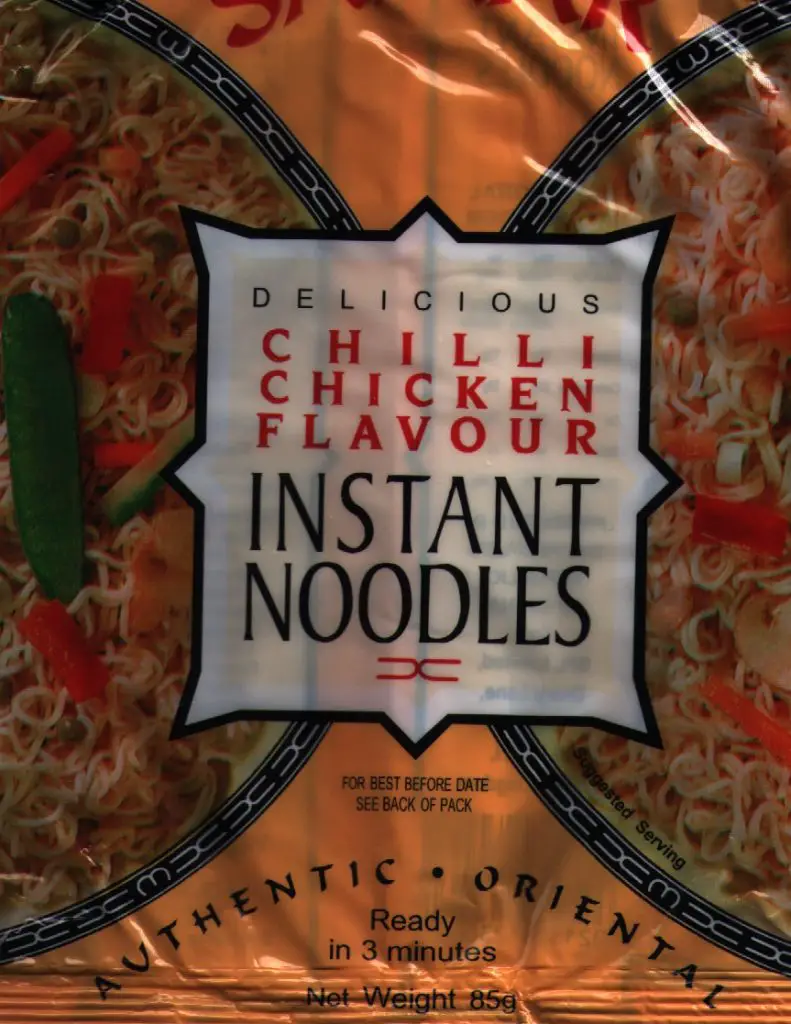
Plain but kaleidoscopic wrapping and the indication that this is ‘Delicious Chilli Chicken’ and the general ‘normalness’ of the whole packaging affair leads one to presume that this is an average product.
Indeed this is not the world’s greatest noodle but it’s cheap, tasty and there is a nice ginger kick that is unexpected but welcome. And it’s not just chicken flavour with some chilli added, this really is a separate flavour. Unfortunately the whole lacks the subtle depth of its heat-free chicken stablemate but don’t let that put you off a snack that is more than adequate if you’re feeling peckish.
Samar Curry
BRAND: Samar
FLAVOUR: Curry
TYPE: Normal
No. OF SACHETS: One – Soup base
WEIGHT: 85g
COUNTRY: China
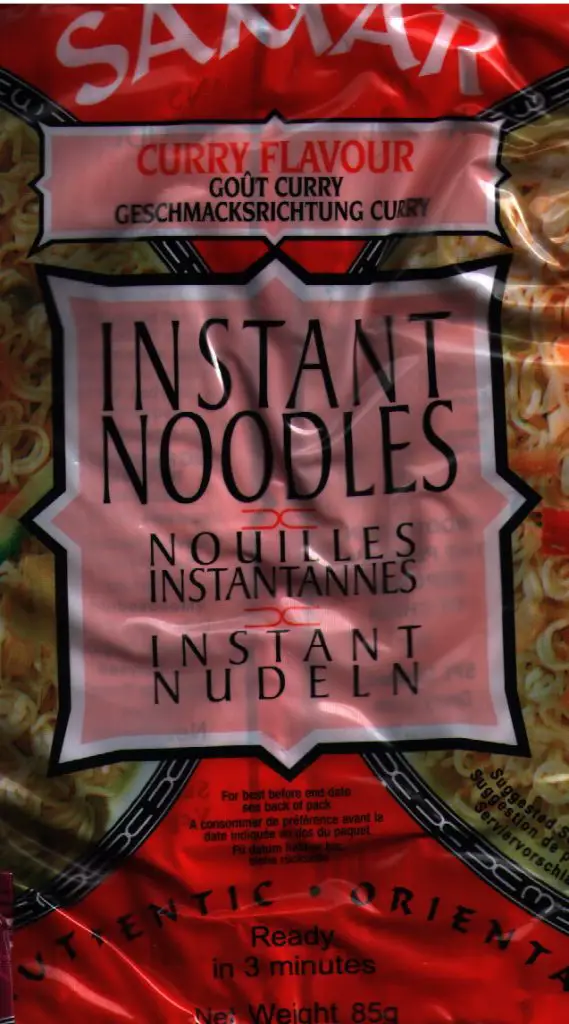
Your suspicions, if you are an observant and fanatical noodlenut, may be raised at the first glance of this packet. Many of the extensive Samar range of noodles have the word ‘delicious’ inserted before the flavour name as a means to convince you to make a purchase. This one, my friends, does not.
Initial aromas lead to a fifty-fifty bet on how the flavour will turn out. When it says ‘curry’ this is a Chinese curry – the fennel smell is overwhelming. The noodles cook very quickly but are a little uneven in texture. However, the real surprise here is that, for one little sachet the flavour is complex and really rather tasty. Full marks at the temptingly low price they are asking for this product, a perfect blend of flavour and noodles that will not disappoint or offend.
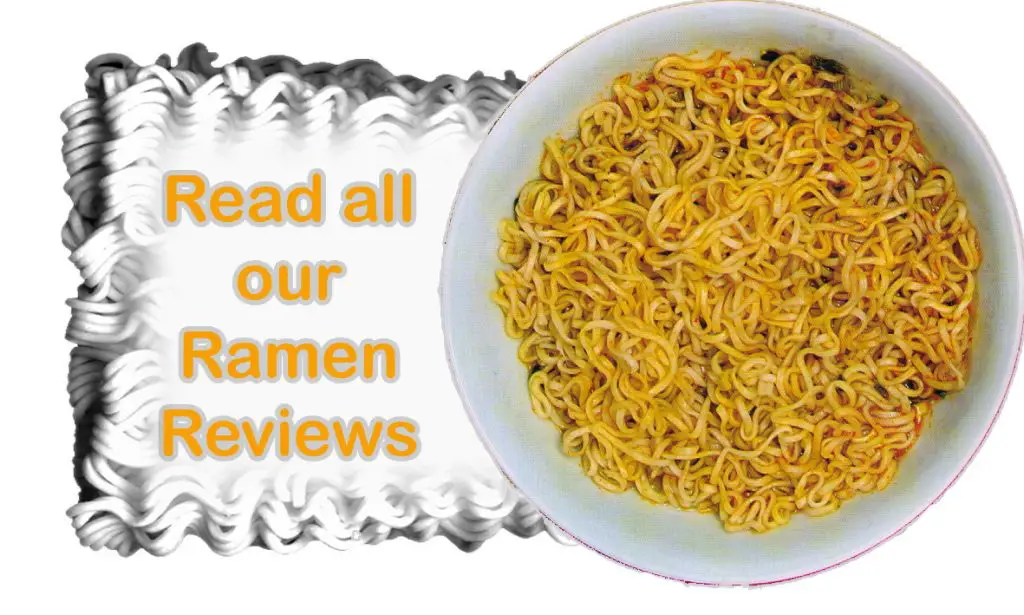
Noodle Review: Nongshim Instant Noodles
Nongshim are a Korean instant food company that have been producing tasty snack products for over 50 years. Their great quality instant noodles are available in a variety of tempting flavours .

Nongshim Kimchi Noodle Soup
Brand: Nongshim
Flavour: Kimchi Noodle Soup
Type: Instant
No. Of sachets: 2 – Dried Vegetables and soup sachet in green packet
Weight: 120g
Country: Korea
Comments: 420cal
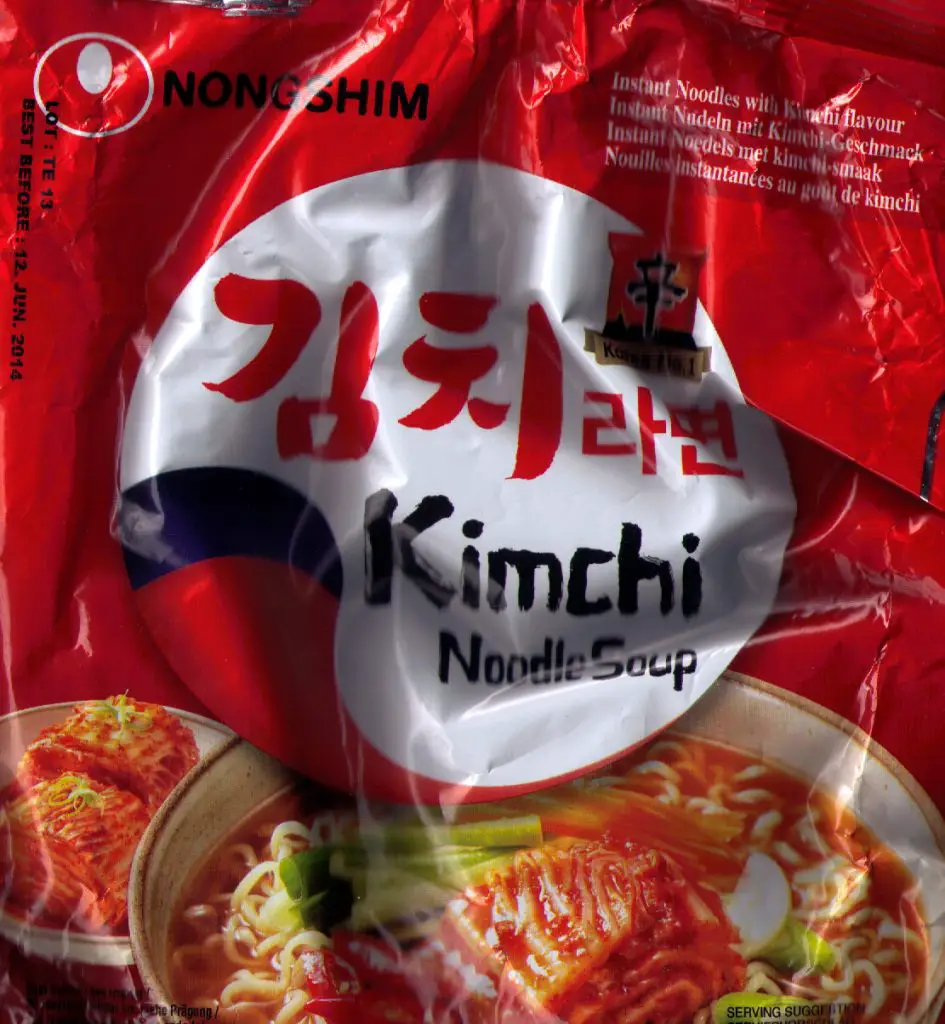
The taste that promises warm familiarity and joy – that of kimchi, the fermented cabbage dish that is the national food of Korea, coupled with the noodles you seek in a luscious soup. Basic goodness is hopefully assured. Conveniently this instant noodle brand, from self-proclaimed No.1 Brand Nongshim, seeks to please with thoughtful ergonomic design of the product. Unless supplied with a vessel for consumption (such as the cup noodle or the incorrectly monikered pot noodle alongside other ramen that use other containers) the shape of your instant ramen can have geometrical implications. For many brands the convenience in bulk packing results in square or rectangular dried noodle shaped portions which clearly makes the packaging and distribution much easier. For the end user, however, attempts at placing your rectangular dried noodles into a round bowl is not as intrinsically easy as having your ramen delivered in circular form – one that precisely fits the most appropriate eating vessel. And indeed Nongshim Kimchi Noodle Soup noodles are conveniently round and hence ideal for your bowl.
But what of the taste? The supplied dried vegetables come in a standard sachet and are complemented by the pale red broth from the powder in the green sachet. Once the noodles are cooked they are generally of modest length (although some small mini-noodles tried escaping the chopsticks but this was inevitable given the dried noodle injury that occurs in transportation from factory to seller to you to bowl) that have good texture and consistency. The broth is pleasant and distinctly kimchi flavoured, a great thing given that this is kimchi flavoured noodles. There is a decent hit of heat but those whose palette doesn’t favour spicy food can simply add to the already rather liquid recommended 550ml of boiling water without any harm to product or flavour, even giving you a touch more broth to the soup in the recipe. The final product is reliable and comforting. Just don’t expect any surprises.
Nongshim Kimchi Ramyun Noodle Soup
Brand: Nongshim
Flavour: Kimchi Ramyun Noodle Soup
Type: Instant
No. Of sachets: 2 – Dried Vegetables and soup sachet in red packet
Weight: 120g
Country: Korea
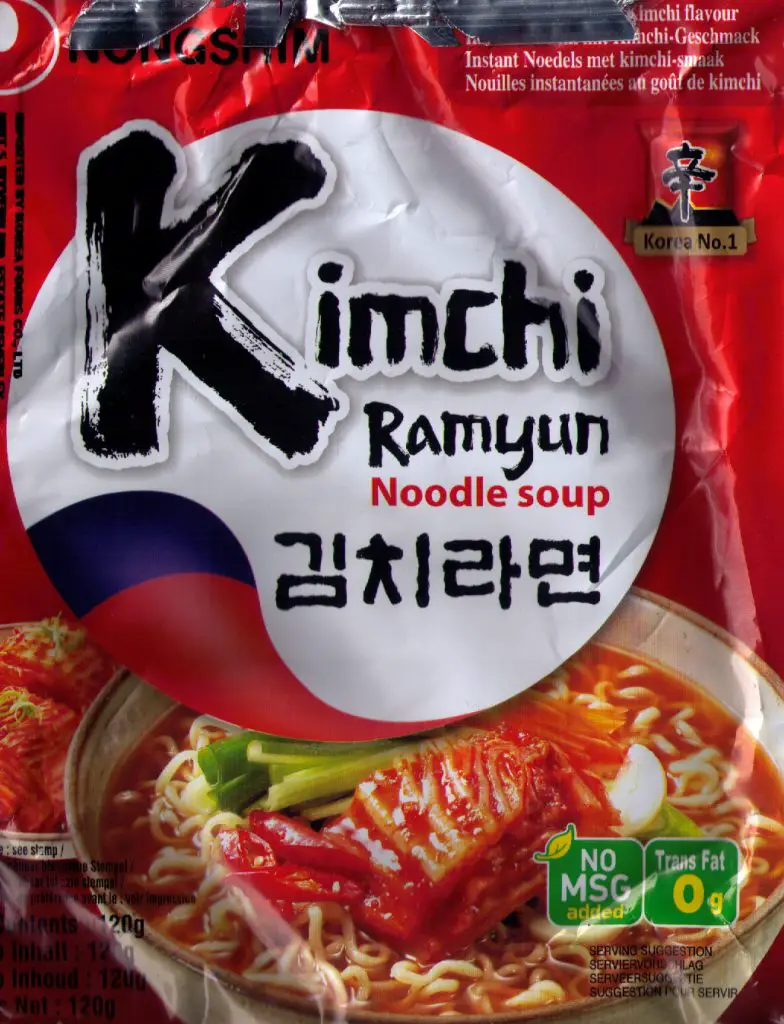
You may, or may not, know about a particular instant sachet of foodie fun, the Nongshim Kimchi Noodle Soup set. But, fellow ramentics, the difference lies with the name, for the product on offer here is Nongshim Kimchi Ramyun Noodle Soup. Note the six extra letters, but weight-watchers might also notice six extra calories giving a total of 426cal. But does the ramyun taste produce that extra flavour even though the net weight of the product is the same and the net weight gain on you is different?
The soup sachet is distinctly different in appearance and description to its companion ramen: the green sachet on the Nongshim Kimchi Noodle, marked with a yellow font declaring kimchi, was notably Kimchi Ramyun Noodle Soup, different to the extravagant red sachet which incorporates those extra words and a different font-to-background colour to emphasise its provocative declaration of ramyun flavour enhancement over the traditional option.
Well, the kimchi taste is still there and has a highly satisfactory flavour essential for a soup based kimchi noodle. The issue with many kimchi ramen lies with the flavouring which, when well implemented, is just what you want but there’s often something manufacturers sometimes don’t get quite right with the texture of the noodles. Also, instant versions of products often have trouble properly realising the dried vegetables, particularly cabbage, which are essential in providing that kimchi familiarity. Here the vegetables rehydrate beautifully and even become crunchy. The soupiness is notably soupy when the correct amount of water is used. The real difference with the Nongshim Kimchi Ramyun Noodle Soup is a distinctly pleasant, almost smoky, taste compared with the Nongshim Kimchi Noodle Soup, which makes for a delightful subtle surprise. Even if there are those additional calories.
Nongshim Shrimp Big Bowl
BRAND: Nongshim
FLAVOUR: Shrimp Big Bowl
TYPE: Normal
No. OF SACHETS: One – Soupbase (the dried ingredients have been added for you)
WEIGHT: 115g
COUNTRY: Korea
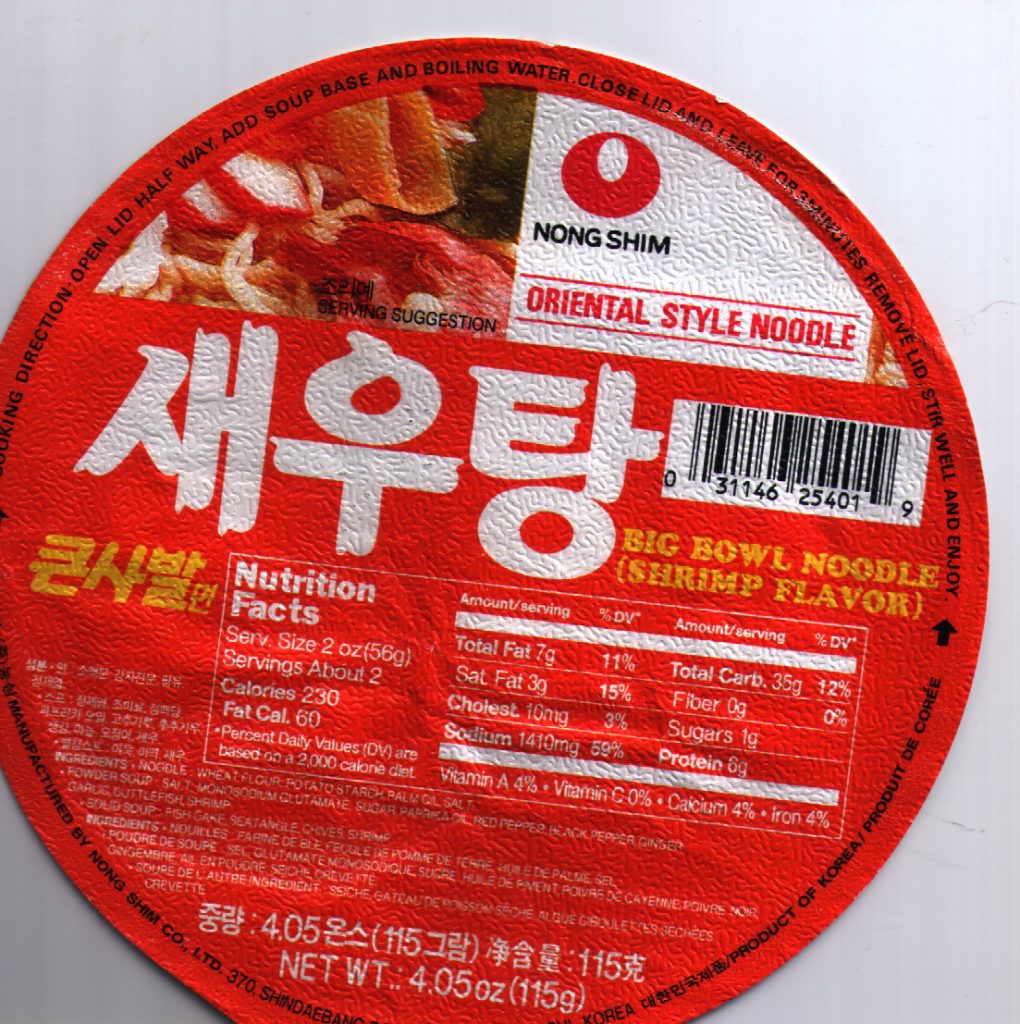
Big Bowl it says and, by golly, it’s not wrong. Huge it be, with bright orange labels and the warning of a bursting stomach. As with most of these ‘all in’ jobs, the noodles are slightly thinner for ease of cooking with the all-important sealable lid. Naturally, the meal is simplicity itself to prepare. Wait. What’s that? There are loads of really strange things in here and a soy-fried scrambled egg square, there’s cuttlefish, shrimp, and even fish cake. Lots to chew. There are even some prawn tails so watch out for the shelly bits. Add to that a really appetising broth and…
Nooooo! They’ve done it again. There’s a nasty artificial polystyrene aftertaste – yuck, yuck! Not as bad as some we’ve eaten but it’s a real downer on what could have been a noodle delight. So close.
Nongshim Chapagetti
BRAND: Nongshim
FLAVOUR: Chapagetti
TYPE: Normal noodles
No. OF SACHETS: Three – soup base, oil and dried veg with soya
WEIGHT: 140g
COUNTRY: Korea
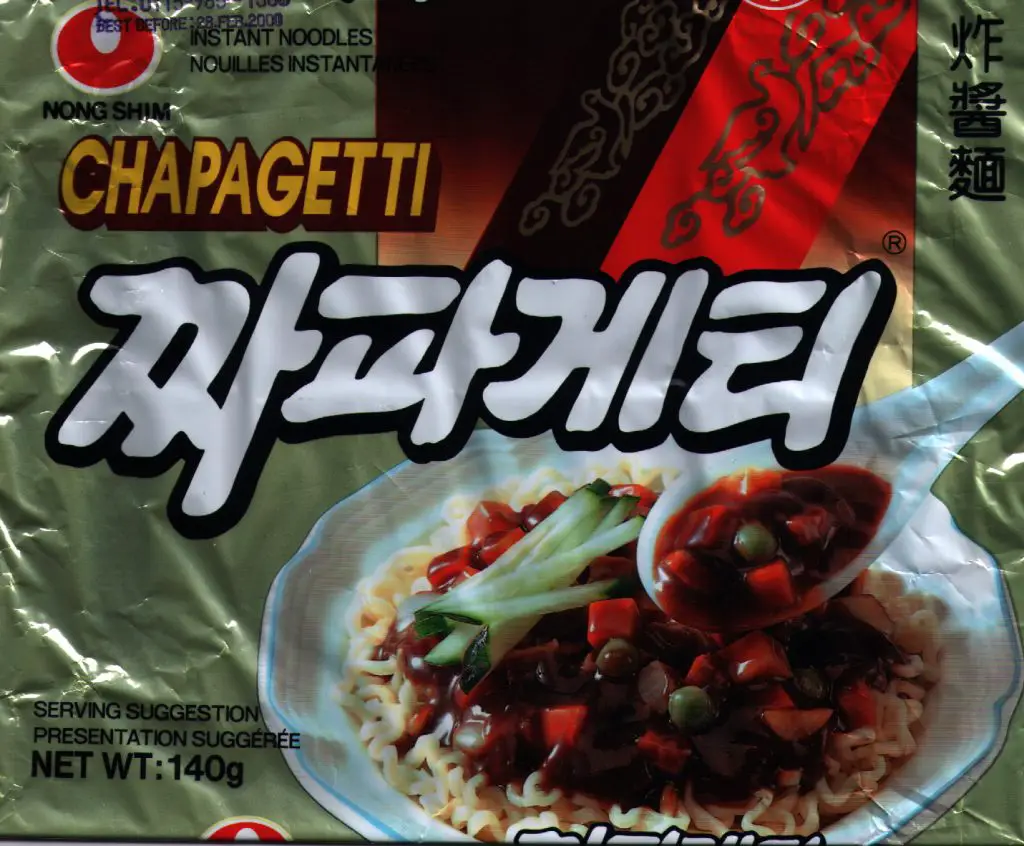
“It cannee hold it much longer cap’n, she’s breakin’ up”. So says my regulation blue noodle munching mug when faced with the huge tower of noodles that Nong Shim have decided to supply us with. Massive thick luscious noodles, like Medusa’s hair, spitting mushroom soup to all corners of the room and causing grown men to flee in terror or at very least turn to stone. “It’s… it’s… not human”. No it’s a packet of noodles with a lot of weight to throw around and an attitude problem as dark as the jet black broth wherein they lie.
These are not tasty, delicate noodles nor fiery hot little passion burners, they’re the fill-you-up-mate variety and from this angle they work well. They cook easily and have a lot of bite. But, call me a noodle snob, I happen to prefer mine a little more dainty. Not that these are bad – there is lots of wholesome broth to accompany the noodles but really too much of a good thing. Somehow, despite the massive portion, you’d rather have fewer and a more refined flavour.
Nongshim Chicken
FLAVOUR: Chicken
TYPE: Normal noodles
No. OF SACHETS: Two – soupbase and dried veg with soya
WEIGHT: 90g
COUNTRY: Korea
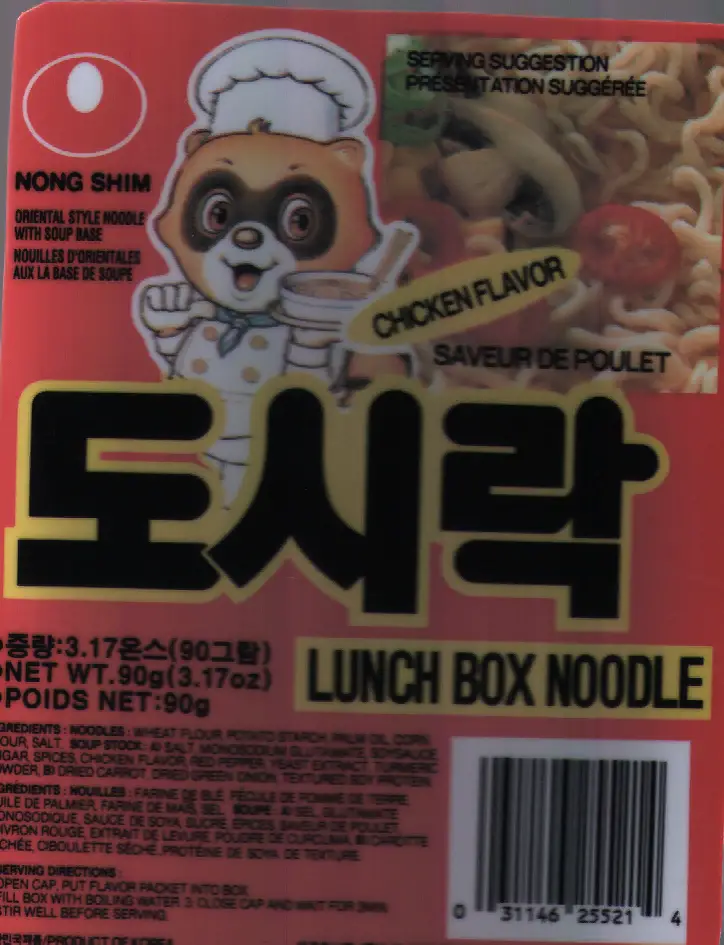
The cute packaging promises ‘Lunch Box Noodle’ and the seriously wide-eyed tanuki/racoon/bear/panda/thing postures in a display of pure ego counterbalanced by a seriously unflattering neckerchief. This is a ‘cook in the box’ type of offering with the noodles fitting very snugly into their polystyrene enclosure.
They cook very well and the soupbase is tasty, if not a revelationary delight. The vegetables add a nice crunch but we are let down by the metallic taste of the soya pieces – if it’s meant to be soya flavour, put soya in it. If it’s meant to be meat, put meat in it. Good starter package, just add water. But try and pick the soya out before you cook, you’ll thank yourself for the effort.
Nong Shim Oriental (with Soup Base)
BRAND: Nongshim
FLAVOUR: Oriental
TYPE: Normal
No. OF SACHETS: One – soupbase
WEIGHT: 125g
COUNTRY: Korea
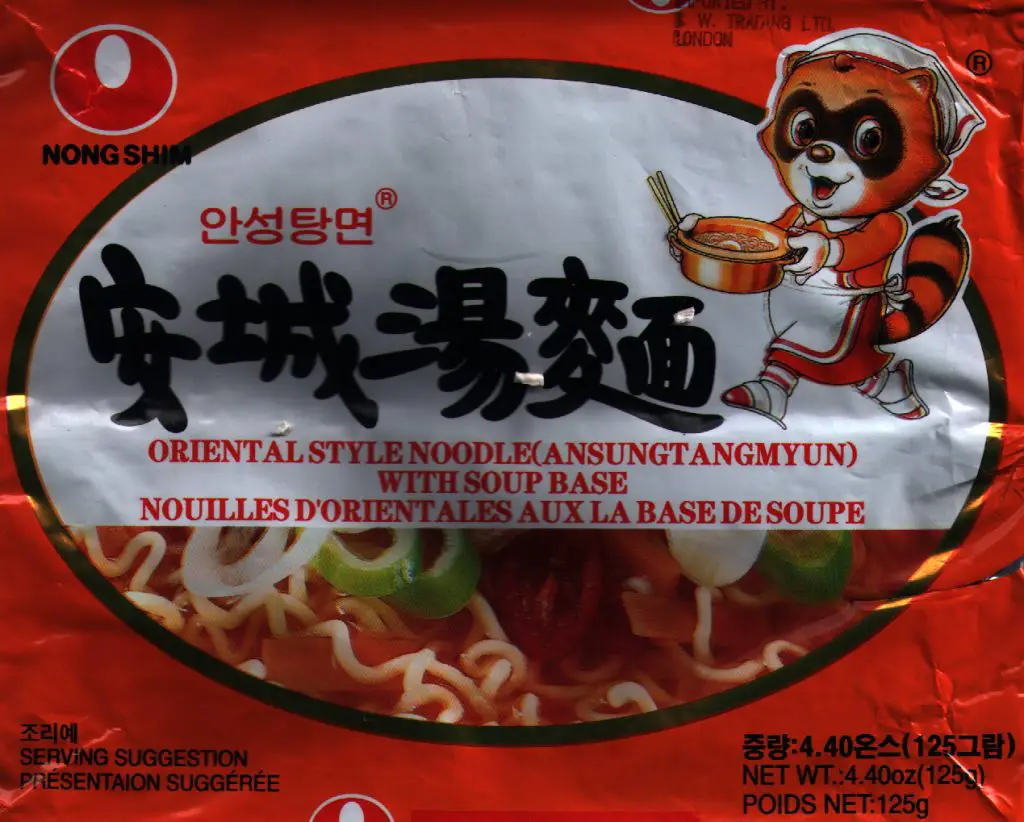
The grinning fuzzy raccoon creature with the huge pan of noodles rushing to greet you gives the game away: a huge pan and the rotund waistline means big noodles for a big appetite. They are a bit coy in the name-the-taste department – I mean ‘Oriental Style’ doesn’t do a great deal to limit the potential field of flavoursome options, you are kinda left with a just-roll-with-it approach. But you are amply rewarded, they make up to every 125g promised on the packet, you have to squish ’em back in the mug there are so many of the little noodly devils wriggling around.
The taste does not disappoint either, a good warming, spicy bite with the surprising, but welcome, addition of substantial pieces of seaweed. Great stuff. Highly recommended for the larger eater or the very hungry with no expense spared on the taste. There’s an awful lot of flavour packed into one small sachet.
Nongshim Hot Noodles
BRAND: Nong Shim
FLAVOUR: Hot
TYPE: Normal
No. OF SACHETS: Two – Soupbase and dried stuff
WEIGHT: 86g
COUNTRY: Korea

‘Hot Taste! Bowl Noodle!’ the Styrofoam bowl packaging proudly bellows. This is primary colour territory – just rip off the lid and add the water. There’s not a racoon in sight and as such there is no ‘return to the kettle’ mucking around that can delay your eating pleasure. The downside is that the noodles themselves are spindly and lack the thick bite of their not-so-convenient cousins. Also you pay for the packaging, there’s no such thing as a free noodle bowl.
First impressions on the flavours are good with a fair amount of veg bandied about and some really tasty bite sized chunks of chewy fish (revealed to be pollack on closer inspection of the label). The stock is really good and not too hot (Trading Standards should probably be informed – after all, they are advertised as ‘Hot Taste!’ – but its no big deal really).
But then there’s a but. A big but. Taste may be good BUT there is a horrid plastic aftertaste, its like eating Epoxy resin. Truly nasty. I tried to figure out where the problem arose. Sadly, it feels as though someone has managed to produce industrial glue aftertaste flavour noodles.

Film Review: Ramen Girl (2008)

Director: Robert Allan Ackerman
Food Type: Ramen (if you couldn’t guess)
Country: US/Japan
Film Rating: 6/10
Foodie rating: 8/10

The subgenre of ramen based foodie films came to its apotheosis with the noodle nirvana of Tampopo (1985). Here the Japanese pasta sub-subgenre gets an American twist with The Ramen Girl, a learn-to-cook Japanese foodie film set in Japan and, surprisingly for a Hollywood film, it has a significant amount of (helpfully subtitled) dialogue in Japanese. It is also a romantic comedy, albeit one centred on food and culture; so more a ramen-tic comedy.
Abby (Brittany Murphy) has travelled to Tokyo to be with her boyfriend Ethan (Gabriel Mann). But it seems that he couldn’t care less, taking a job in China at the first opportunity, he leaves her alone in his half empty apartment. Weeping with sadness at her situation she enters the eatery across the road, which is right in the middle of closing for the night, bawling her eyes out. Bemused by the distraught foreign girl in their midst, the owner and his wife give her some of the remaining ramen to see if it will assuage her misery and persuade her to leave so that they can go to bed. Abby devours the ramen and quaffs the broth and, in doing so, becomes intoxicated by the ramen experience. She comes up with an obsessive idea – to learn to cook ramen. So she seeks lessons from chef and owner Maezumi (Toshiyuki Nishida). But this is not a simple student and mentor situation as Maezumi is a tough employer who gets her to engage in tasks such as cleaning the bathroom rather than cooking. It is not aided by the fact that even though the establishment’s sign marks it as a soba restaurant (そば蕎麦 – buckwheat noodles) its unhappy proprietor is regularly anything but sober. But Abby pursues her new career by persevering. She does manage to develop a social life and find new friends when she visits a club in Roppongi where she re-meets a bunch of western acquaintances, including Gretchan (Tammy Blanchard) and they get talking to Japanese salaryman Toshi Iwamoto (Soji Arai), who seems to be a bit more coherent than his associates. Abby and Toshi start dating and so her relationship blossoms alongside her ramen tuition. But then her progress comes to a frightening prospect when she learns that, “The master’s coming in two months.” This renowned ramen critic’s evaluation could result in laudation or humiliation. Maezumi is surprisingly optimistic about Abby’s chances and establishes a wager with a rival ramen proprietor which could lead to major consequences for both Abby and his well-established business. He even takes Abby to visit his mother who reveals her own profound ramen philosophies. What holds for Abby, and indeed Maezumi, in the future?
The Ramen Girl is a mixed bowl of ramen and broth that is distinct in its exploration of cross-cultural misunderstandings and the humour or challenges that result. The main characters have rounded back stories but ultimately the food is the driver to the events in this film. Learning ramen from a sensei seems to be a similar process to learning kung-fu from a sifu. There are difficult, strenuous, apparently mundane tasks that go on for an age before actual understanding the required skills to implement the technique that the master is teaching. These are important to Abby’s understanding even as they are apparently futile.
The competitive nature of developing cookery skills for a discerning master is a theme in many cooking films such as Jadoo-Kings of Curry, King of Cooking, Nina’s Heavenly Delights, and Eat Drink Man Woman. Here, the emphasis lies with the broth, its creation and its flavour, not to mention the side effects on the palette and spiritual/emotional response of consuming the concoction, is central to this film’s (very discrete) philosophical assertions. Early on we see how Maezumi’s creations can, in the right circumstances, create impulsive mirth and happiness in his clients as Abby declares, “I wanna make people happy the way you do.”
The food in the film is 95% ramen based but there is a notable exception where cross-cultural cuisine is the focus of one delightful scene. It’s Christmas and Abby, wearing an elf hat and having had her attempts to decorate the restaurant savagely mocked by Maezumi, has returned to her flat where Gretchan has moved in. The pair celebrate with a drink and a KFC Bargain Bucket, a familiar food take away for an American but KFC is also the Christmas meal that one eats in Japan. The romance of the film is definitely ramen-based, however, when Toshi takes Abby on a date to visit the Shinyokohama Raumen Museum, foodie heaven, which also offers a historic depiction of ramen throughout the years as well as the flavours of broth throughout the regions of Japan – with the inevitable consequences of a bloated but happy stomach.
The Ramen Girl is a mixed concoction of East meets West which, whilst not departing from genre expectations, at least blends them together in a different way that is sweet and fun. Not haute cuisine but satisfactory for when you feel peckish.
You can buy the DVD of The Ramen Girl in the UK or the US.
If you click the link and decide to make a purchase we will earn a small commission, at no cost to you, which helps towards running this site.

Noodle Reviews: Myojo Noodles
Myojo instant ramen from Thailand. But are they the real Myojo? In this technologically altered age of AI generated prose please be clear that AI has not been used within any of these reviews. But in Myojo’s distinct range there may be some AN. Artificial Noodles, that is. Not, we hasten to add, noodles that are not genuine noodles created in a virtual noodality environment. These are noodles who declare the distinct artificial nature of their flavour when it is deemed appropriate. Similarly any doubts as to the ethnicity of the flavours can be identified where appropriate so the pork here is declared to be derived not only not from a pig but a Chinese pig.
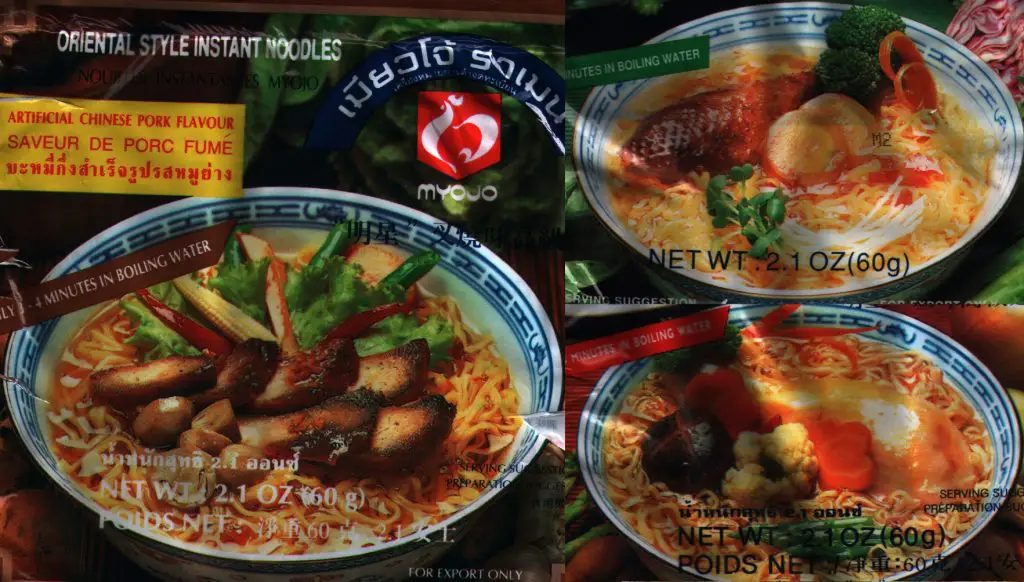
Myojo Noodles Artificial Chicken
BRAND: Myojo
FLAVOUR: Artificial Chicken
No. OF SACHETS: Three – Soup base, flavour oil and something unidentifiable (probably chilli crystals)
WEIGHT: 60g
COUNTRY: Thailand
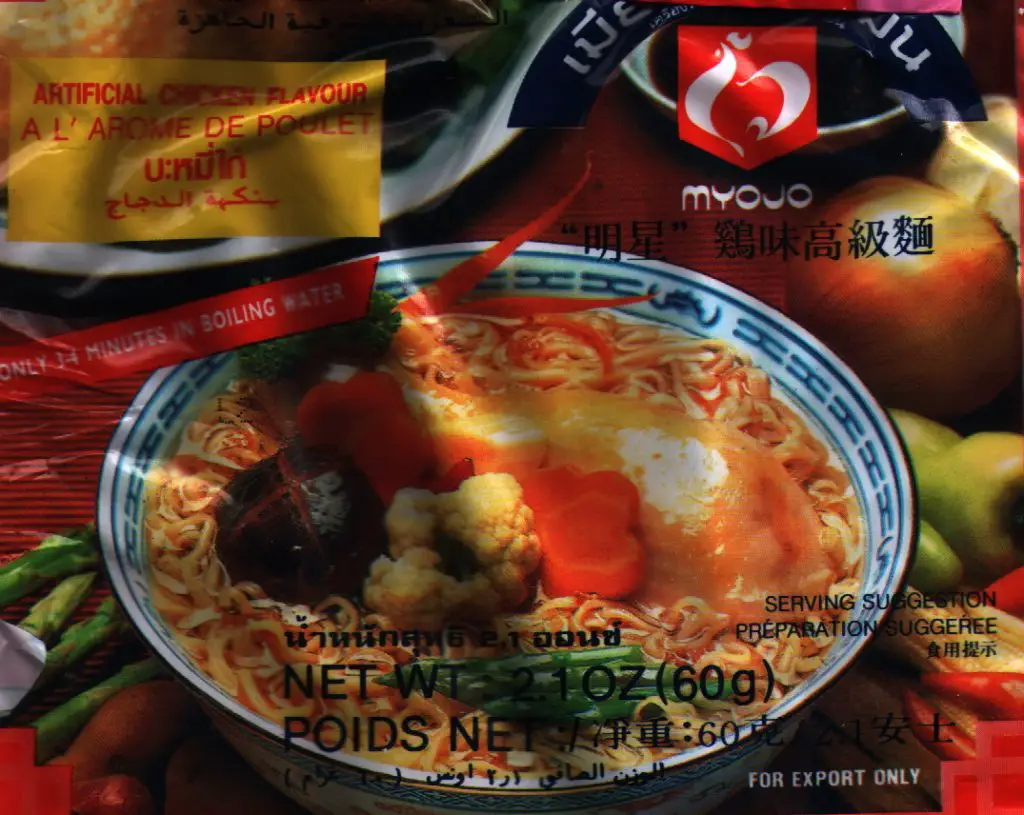
What, you may well ask, does an artificial chicken taste like? In the topsy-turvy world of nouilles instantanes any question is valid, I mean we’ve had vegetable noodles with half a farmyard in them so why not a chicken one that’s vegan? Myojo’s artificial chicken noodles are a real enigma, the noodles themselves look flat, cook flat but eat like normal noodles.
The chilli package may or may not be chilli, you can’t tell. And there’s no chicken either. Even the cover shot has an unidentifiable thing on it that looks like a burnt hot cross bun. So what does artificial chicken taste like? Bloody hot, that’s what. No expense spared on the heat here, chilli, garlic, ginger, black pepper all pumped to eleven on the hot-o-meter to such an extent that any chicken, artificial or otherwise, wouldn’t stand a chance.
Eat as a wake-me-up but don’t expect to use your taste buds for a few days afterwards.
Myojo Noodles Artificial Duck
BRAND: Myojo
FLAVOUR: Artificial Duck
No. OF SACHETS: Three – Soupbase, flavour oil and chilli crystals
WEIGHT: 60g
COUNTRY: Thailand
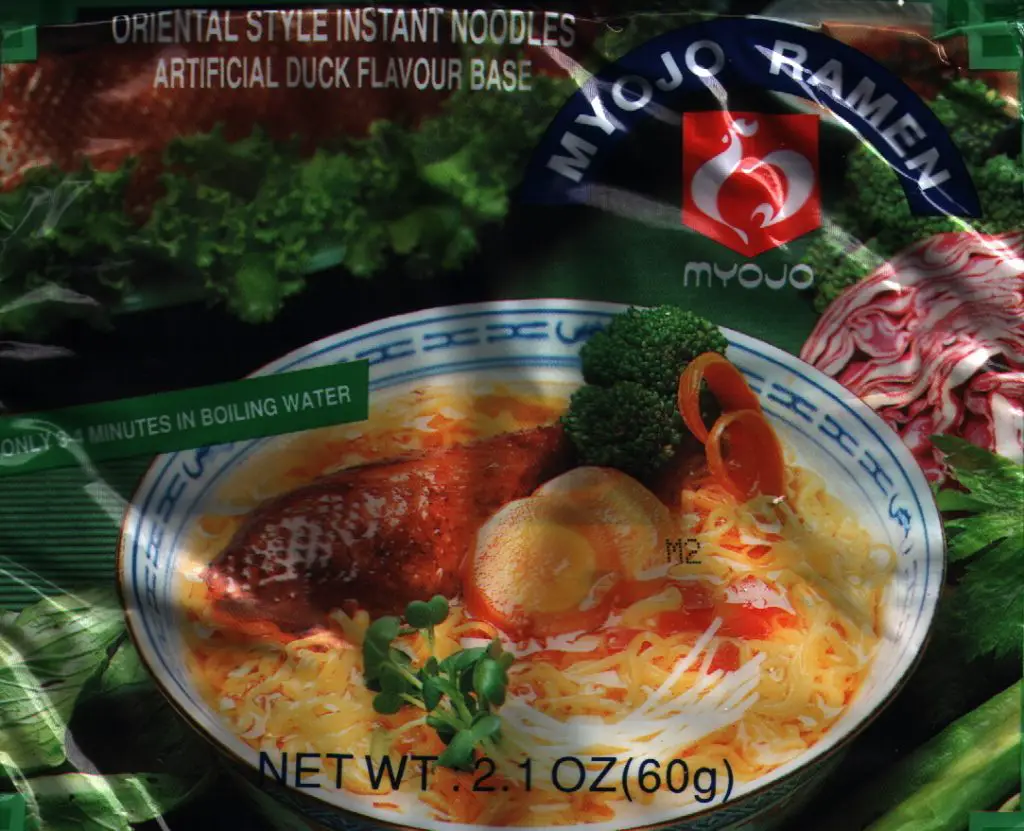
Straight from Bangkok comes these rather speckled and confused noodle hybrids wrapped in the most unfashionable green ever to deck a packet. Actually, make that the second most unfashionable green because the soupbase sachet is a sight to behold. Ease of cooking is not a strong point here, the noodles seem reluctant to part company, like Hansel and Gretel huddling in the woods, and they need a lot of boiling water to make them tender enough to eat. The cover shot, tempting though it is, has a really tasty looking piece of duck breast on it as a ‘Serving Suggestion’, begging the question, “Why make artificial duck noodles if you are going to put a piece of real duck on the top of them?”
The aroma is hard to pin down, there’s a touch of cloves or cinnamon in there – Christmas noodles! The taste is pepper and chilli hot, and yes it is definitely cinnamon, a genuine perk-me-up that makes an ideal mid-morning snack. Not entirely convinced about the noodles themselves though. They are not really good enough to warrant the extra cooking time but are passable.
Myojo Noodles Artificial Chinese Pork
BRAND: Myojo
FLAVOUR: Artificial Chinese Pork
No. OF SACHETS: Three – Soupbase, flavour oil and chilli crystals
WEIGHT: 60g
COUNTRY: Thailand
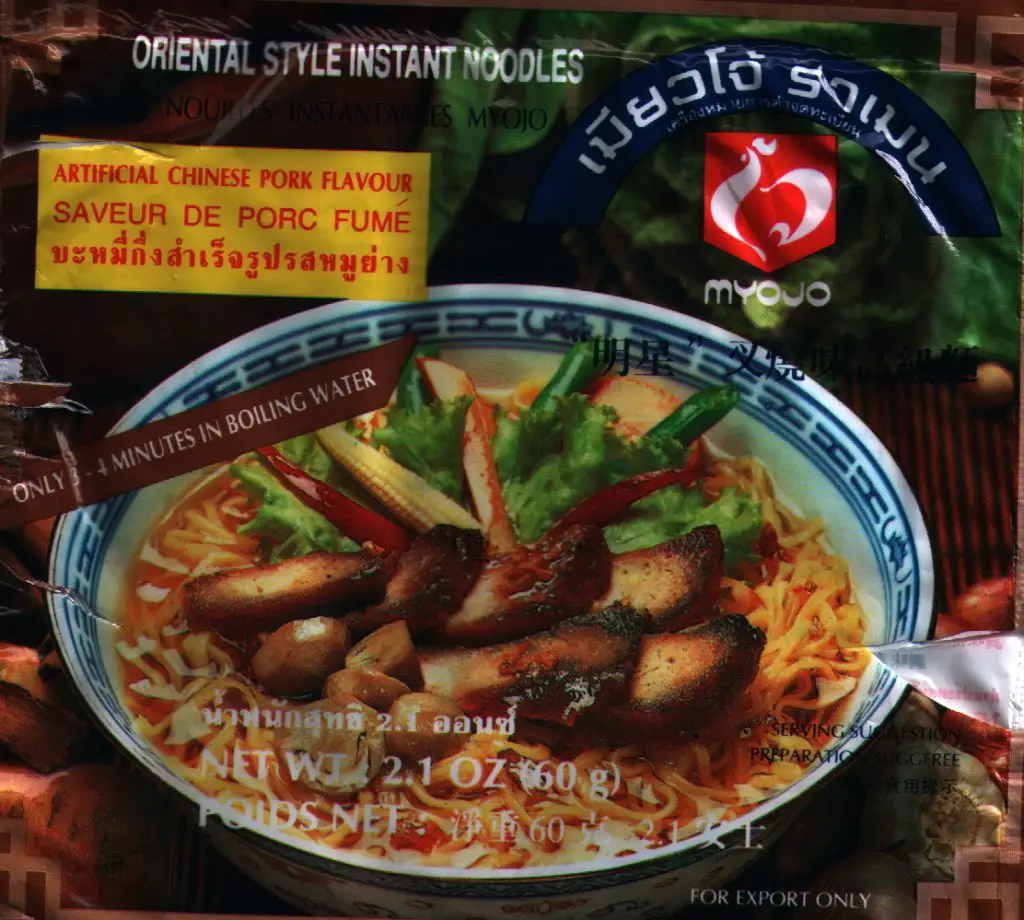
Myojo do themselves no favours by highlighting their flavours as artificial, most firms strongly avoid using this description. And their bizarre form of noodles does not inspire confidence either. However once these barriers are overcome, and you’ve figured out how to handle the noodles (not for beginners these ones), you can’t help but be impressed by the Myojo Artificial Chinese Pork. This particular packet had the additional burden of having the soup sachets welded to the inside of the packet, making for difficult retrieval and almost resulting in a lack of an illustration for this review – it was extremely difficult not to tear the packaging.
But the struggle was worth it, this is a wonderful, full bodied affair with a warming heat of chilli and pepper and a general hearty feel that belies its 60g weight. Savour the flavour, enjoy the texture (they are firm but even), relish in the wrapper’s country wholesomeness.

Noodle Review: Nissin Instant Noodles
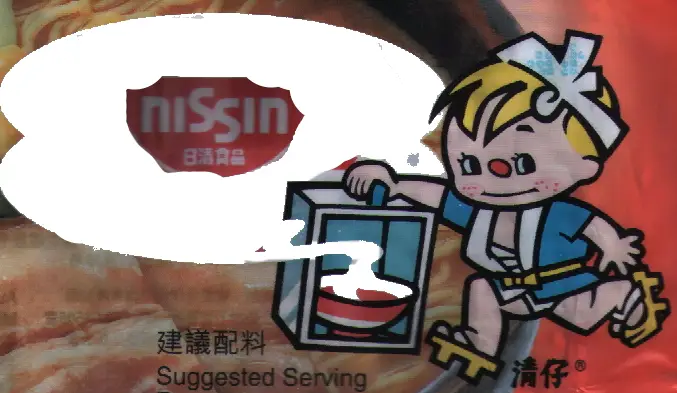 Nissin instant noodles started the whole ramen on the roam movement with the renowned starting manouvre, the Nissin Chikin Ramen (日清チキンラーメン) in 1958. Its inventor Momofuku Ando (安藤 百福) developed the concept that has been essential to the food on the go, food when travelling or handy back-up in the cupboard for generations. Taste tests were essential then.
Nissin instant noodles started the whole ramen on the roam movement with the renowned starting manouvre, the Nissin Chikin Ramen (日清チキンラーメン) in 1958. Its inventor Momofuku Ando (安藤 百福) developed the concept that has been essential to the food on the go, food when travelling or handy back-up in the cupboard for generations. Taste tests were essential then.
Nissin Instant Noodle Miso
BRAND: Nissin Instant Noodle
FLAVOUR: Miso
TYPE: Normal
No. OF SACHETS: Two – Soupbase and Flavour Powder
WEIGHT: 100g
COUNTRY: Hong Kong
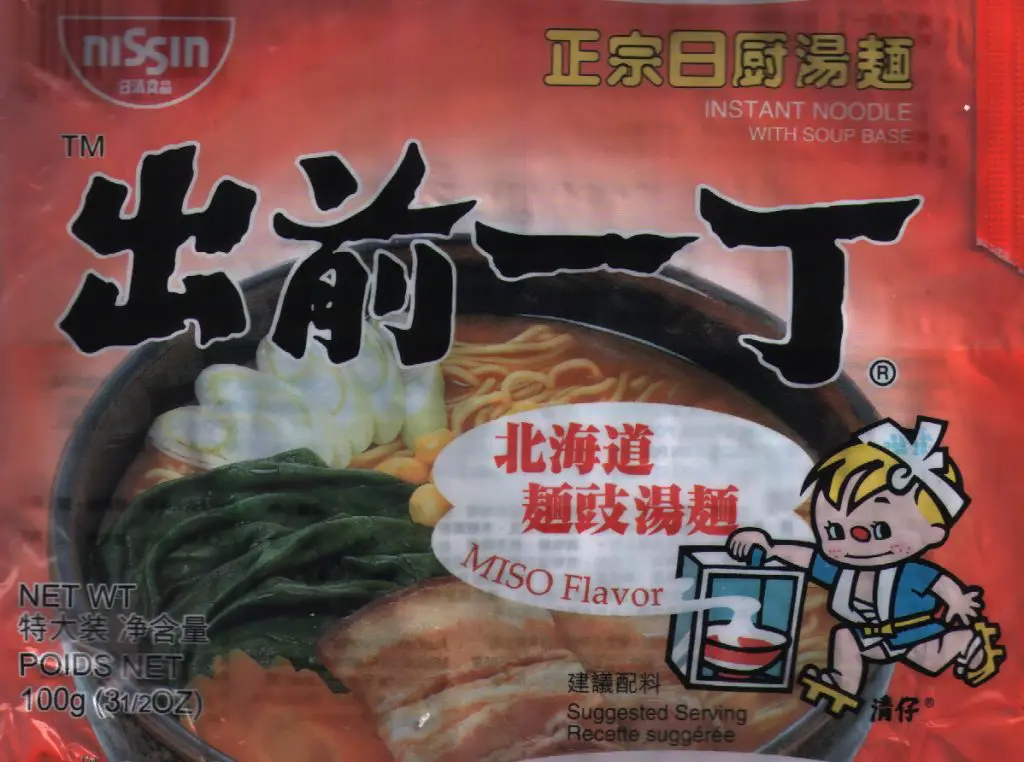
Strange. The packaging leads one to believe that this is Nissin Holland, complete with Noodleboy® and his Steaming Box®, but it’s a subtle ploy, a sleight of hand, for this is Nissin Hong Kong and what a Herculean task they have set themselves. First take the soup of a nation, pack it with a serious portion of noodles and expect it to work. There’s more. Instead of providing a miso paste, surely the logical thing to do, instead they offer a double powder combination. Madness surely? Well, yes and no.
The noodles are as good as ever, and they do not swamp the flavour, a real surprise. The flavour itself is definitely miso with a reasonable touch of a mildly fermented feel, but something is not quite right. There is a meaty undercurrent that feels incongruous and a vague scent of roast sesame that seems to have come from a different packet. Closer examination of the package reveals pork, chicken and beef, so not one for vegans as you may have initially thought. Top class tasty product that far exceeded expectations but irritatingly fell at the last fence. Write to your MP and demand a veggie version.
Nissin Instant Noodle Tonkotsu
BRAND: Nissin Instant Noodle
FLAVOUR: Tonkotsu
TYPE: Normal
No. OF SACHETS: Two – Soupbase and Flavour Oil
WEIGHT: 100g
COUNTRY: Hong Kong
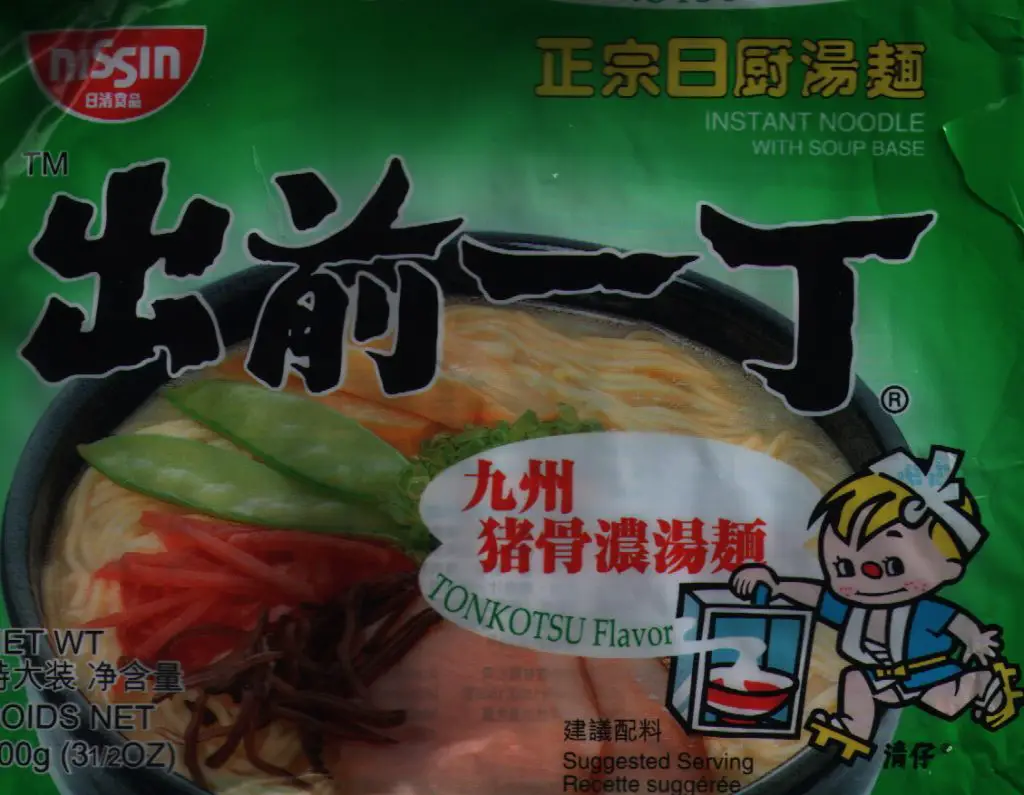
On goes the water, up comes a perfect aroma of pork with a hint seasoning, the stock instantly turns milky white and even the very noodles whisper, “Mmmmmmm…” in delight. To hell with the packaging and the sachet notes, you know that the noodles are going to be cooked to perfection (they are Nissin approved and their quality department is second to none) so let’s get down to business – flavour of the soup. Awesome. There is no chilli or pepper heat to speak of, this product is just pure flavour all the way through. Rich pork flavours give way to a pleasant hint of garlic, just enough so that you’d notice its absence in a light stock that is exceptional. But it doesn’t end there, oh no, there are whole sesame seeds that crack like little flavour bombs in your mouth, complemented by the subtle sesame and garlic puree flavoured oil. Simply divine. Nissin Tonkotsu Instant Noodles are unreservedly recommended..
Nissin Stir Noodle Jah Jiang
BRAND: Nissin Stir Noodle
FLAVOUR: Jah Jiang
TYPE: Normal
No. OF SACHETS:Two – Soupbase and Jah Jiang Sauce
WEIGHT: 100g
COUNTRY: Hong Kong
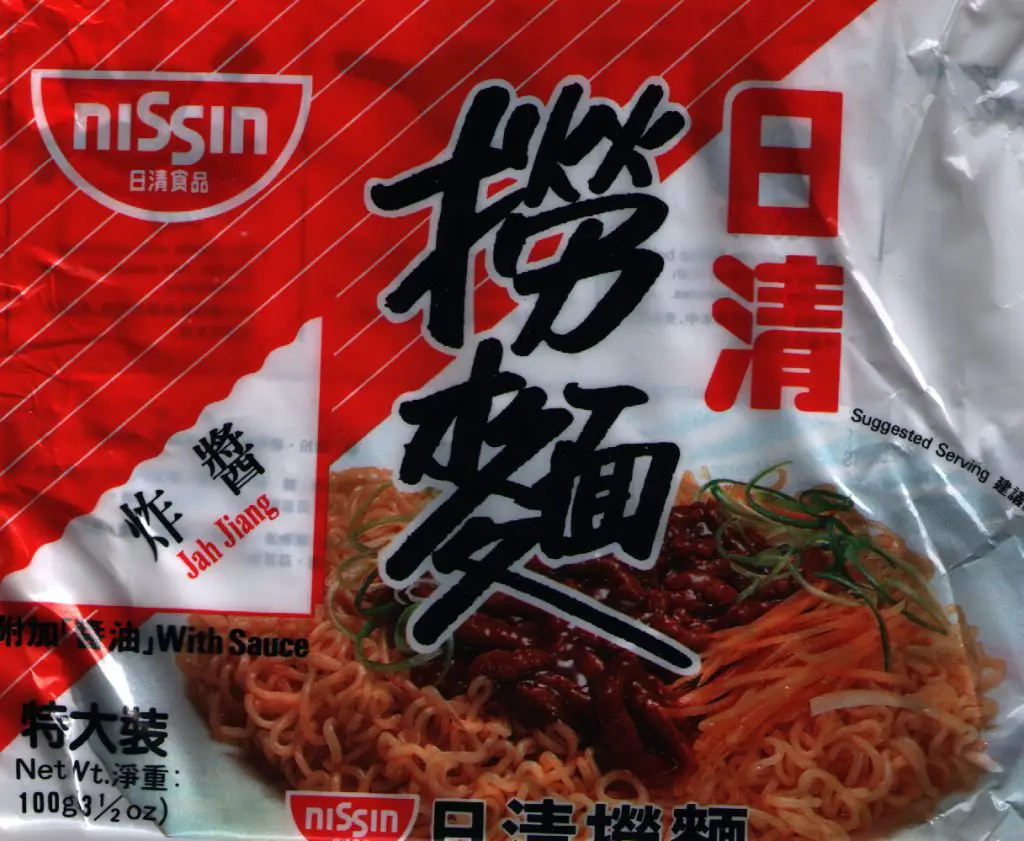
Nissan’s range of Japanese noodles that haven’t been made in Japan continues with this Hong Kong licensed product. It does differ from its European counterparts. Gone is the notably sozzled Nissinboy on the packet but instead we have a striking diagonal style and a more appetising noodle shot as part of the design – they are not afraid to show off their product. The adoption of 100g as the default portion size leads to a mighty bite of high quality noodles, there is some ruthless noodle manufacturing quality control at work.
Jah Jiang is a good robust and interesting flavour that is a personal favourite of mine – varied, exciting and exotic. What a disappointment then, that this one is so insipid; no crunchy garlic soup, no fried bean husks, no clinging stickiness of tangy goodness. The sauce is so…western, like glutinous cheap ketchup. A waste of quality noodles and an insult to a great flavour. Please don’t take this too negatively, they are more than edible and the noodles are great but it was just such a disappointment in the flavour department because of what it should have been and not what it was.
Nissin Demae Ramen Seafood
BRAND: Nissin Demae Ramen
FLAVOUR: Seafood
TYPE: Normal
No. OF SACHETS: One – Soupbase
WEIGHT: 100g
COUNTRY: Holland
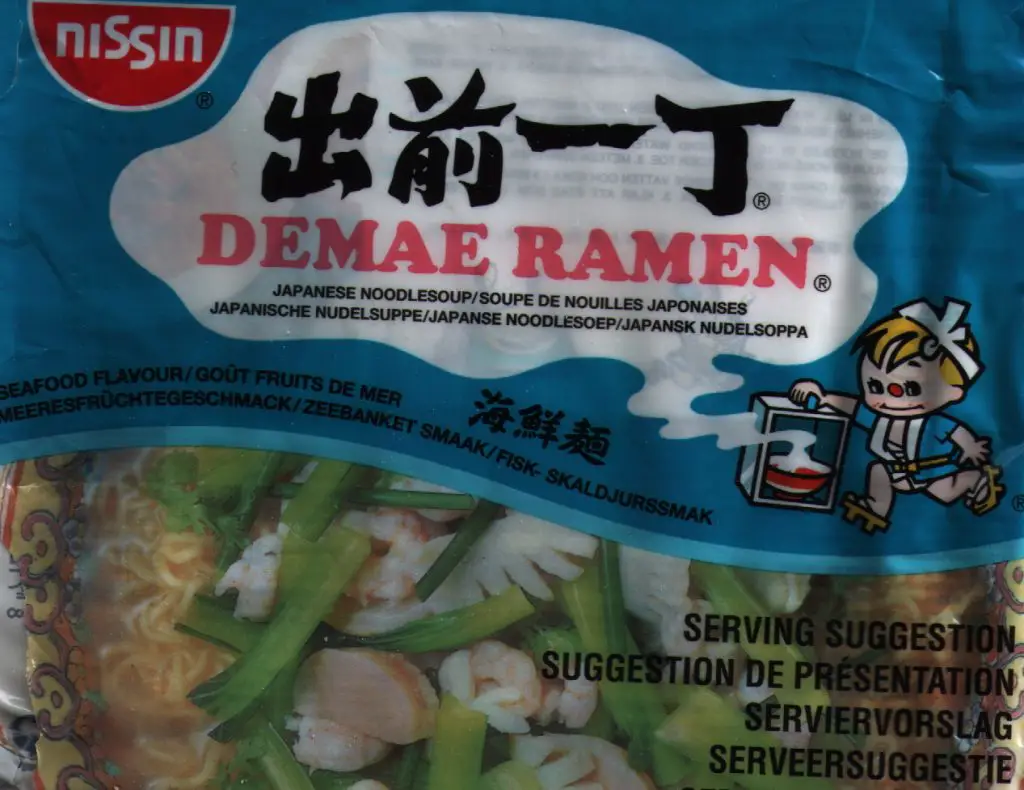
One sachet of flavourings to 100g of noodles is not a good omen – surely the taste would be swamped by Nissin Foods’ hefty portions or be too ferociously fishy to compensate and end up being that worst of flavours, ‘gagging fish’? Fortunately the answer is no to both parts. ‘Seafood’ is a particularly difficult flavour to get right but Nissin have actually pulled a sure fire winner out of their hats. Delicate to nose and palette, these are silky smooth noodles but with no overpowering aftertaste. A real triumph of flavour and ideal for when you are hungry. The Mediterranean sea blue packaging is offset by a sun bleached bowl of soft noodles, hidden under a pile of celery and prawns.
Many Nissin food products feature Nissinboy, an endearing cartoon character who carries a hot and steaming noodle carrier and this one is no exception. Nissinboy is distinctive because despite his traditionally Japanese attire he seems confusingly Dutch in appearance and has a red nose that seems to be indicative of him drinking far too much sake, certainly for a minor!
Nissin Stir Noodle Spicy Garlic
FLAVOUR: Spicy Garlic
TYPE: Normal
No. OF SACHETS: Two – Soupbase and Flavour Oil
WEIGHT: 100g
COUNTRY: Hong Kong
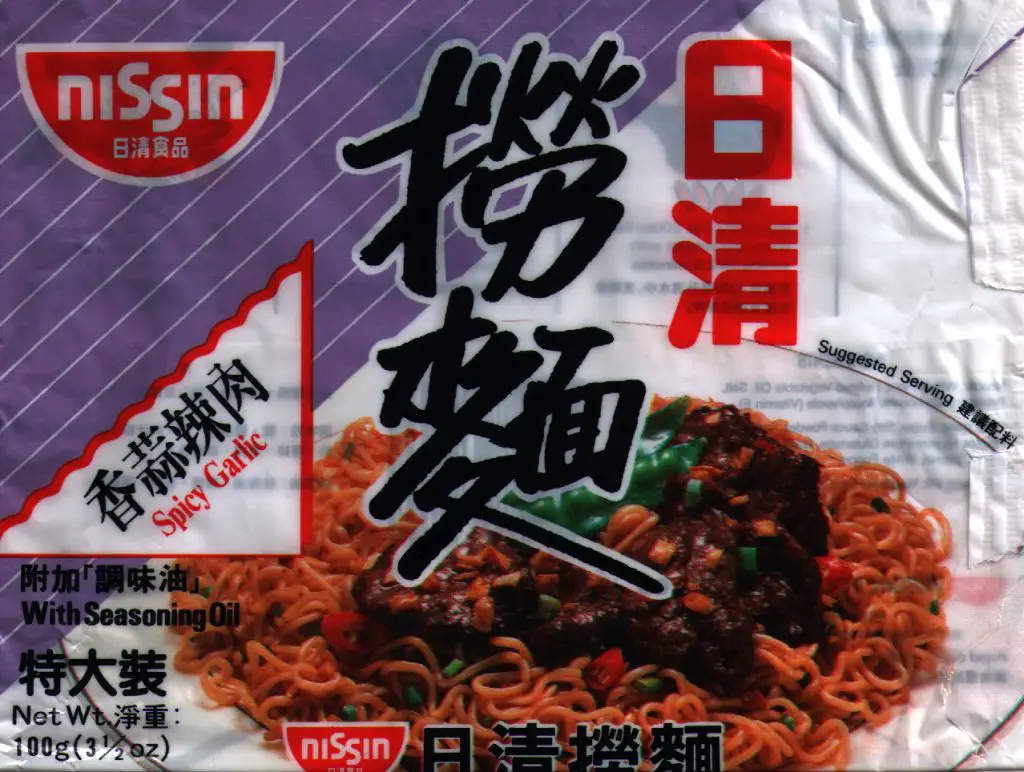
If ever there was a flavour name that leaped out and yelled, “Try Me!” that name would be Spicy Garlic. What other name could bring such anticipated warmth, taste and annoy-your-colleagues smell to mind? Add to that the classy lilac shade of the packaging and with one appetising plate of yummy goodness, 100g of tummy filling promise and the tantalising “With Seasoning Oil” tag line on the packet, what could possibly go wrong? In a nutshell – nothing major, in fact, only one minor quibble. A rich garlic aroma soothes the nostrils, the noodles cook to perfection – the instructions specifically forbid the addition of the oil until after the soupbase, a very careful precaution from Nissin’s health and safety department and worthy of comment – and the taste is excellent, not overpowering at all, with the garlic roasted in flavour.
A real treat with the only teeny criticism being the use of the word ‘spicy’; ‘tasty’ would be more appropriate. Eat some now and incur the wrath of your workmates!
Nissin Cup Noodle Spicy Seafood
BRAND: Nissin Cup Noodle
FLAVOUR: Spicy Seafood
TYPE: Normalish
No. OF SACHETS: None – they’ve emptied them out for you
WEIGHT: 75g
COUNTRY: Hong Kong

What on earth possessed me to buy a ‘Pot Noodle’ looking item I don’t know. I think I was confused or something. Add to that the dim recollection that I’d seen this brand around before, in our local Co-Op, and the prospects were not looking good at all. Adding water didn’t help too much either until, what’s that smell? Lovely fishy nose, thin but ideally textured noodles and loads of ‘bits’. The ‘bits’ in question are mushroom, sweetcorn, fish balls and chewy cuttlefish. A real treat. While the noodles are a little on the wispy side the whole package is surprisingly good and filling. A momentary lapse of sense has come up with a real winner. Later I checked our local Co-Op and yes they do have Nissin Noodle Cups in stock but (unsurprisingly) they don’t have spicy seafood and stick instead with chicken flavour.
Nissin Demae Ramen Satay
FLAVOUR: Satay
TYPE: Normal
No. OF SACHETS: Two – Soupbase and satay paste
WEIGHT: 100g
COUNTRY: Holland
It claims to be Japanese noodle soup but closer examination reveals Dutch origins. This is not a problem as Nissin Demae Ramen Satay has been produced under license and the ‘Men from Nissin’ have kept a tight quality control reign on their European producers. The result: excellent noodles that burst out of the mug with a ‘look at me’ need to impress – 100g of raw noodle power makes it hard to contain in one mug, even one as large as mine! The bite is right, although by the time you reach the bottom of the substantial portion on offer some of the noodles may have become slightly too soft but this is a mere quibble.
This packet excels with its flavour, a perfect balance of tasty soup and a seriously scrumptious peanut butter and oil combo, the metal sachets sealing the flavour in while, being plastic lined on the inside, imparting no nasty metallic aftertaste. A glance at the ingredients shows that the harmony of taste and texture is no accident, a lot of research has gone into this: garlic powder in the noodles for even distribution, roasted squid in the soup base for that extra squiddy touch. The only disappointment is the cover shot – lumps of knobbly beef and some overgrown broccoli hide most of the noodles (which frankly look far inferior to the real thing anyway) almost as though they are embarrassed by them. Flaunt ’em Nissin, flaunt ’em!

Noodle Review: Mama Instant Noodles
Mama instant noodles have been brought to you from Thailand courtesy of Thai President Foods for over 40 years. Some of their offerings are traditional Thai fare, others are, well, more unorthodox.
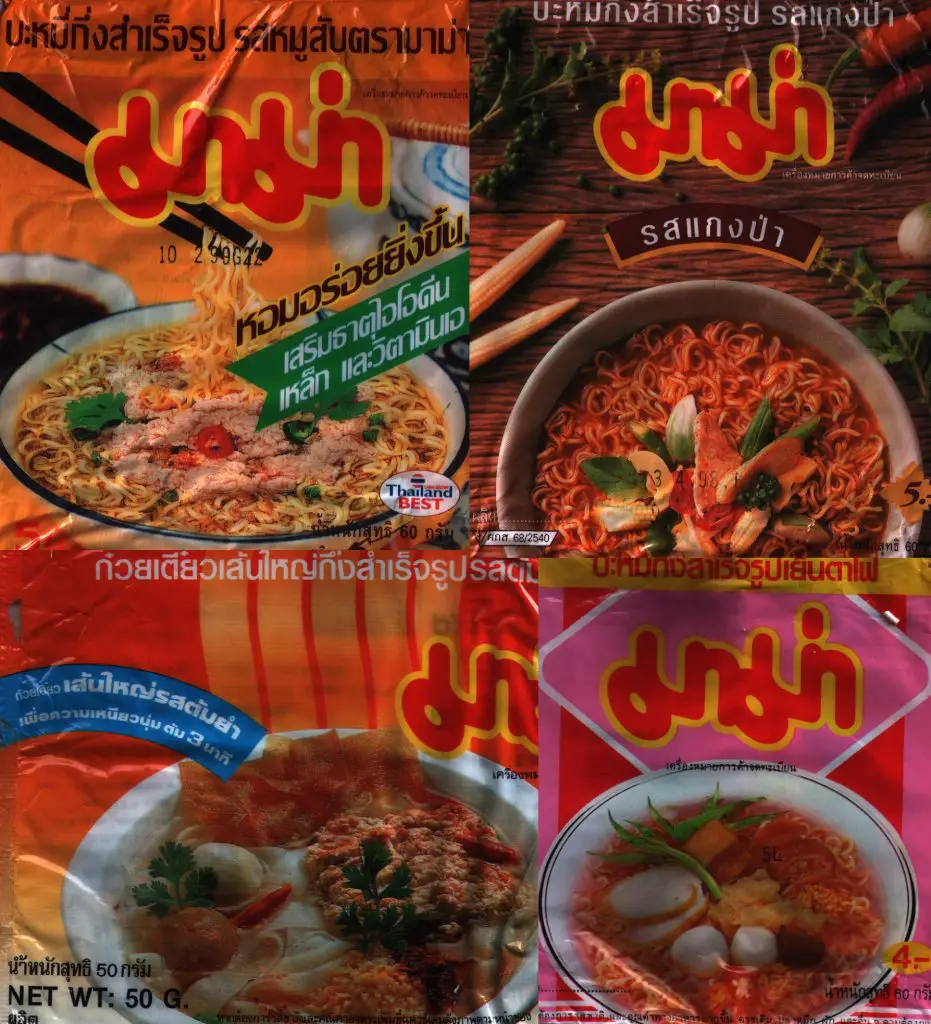
Mama Pad Kee Mao
BRAND: Mama
FLAVOUR: Pad Kee Mao
TYPE: Normal
No. OF SACHETS: Three – little sachet of chilli, soupbase and flavouring oil
WEIGHT: 60g
COUNTRY: Thailand
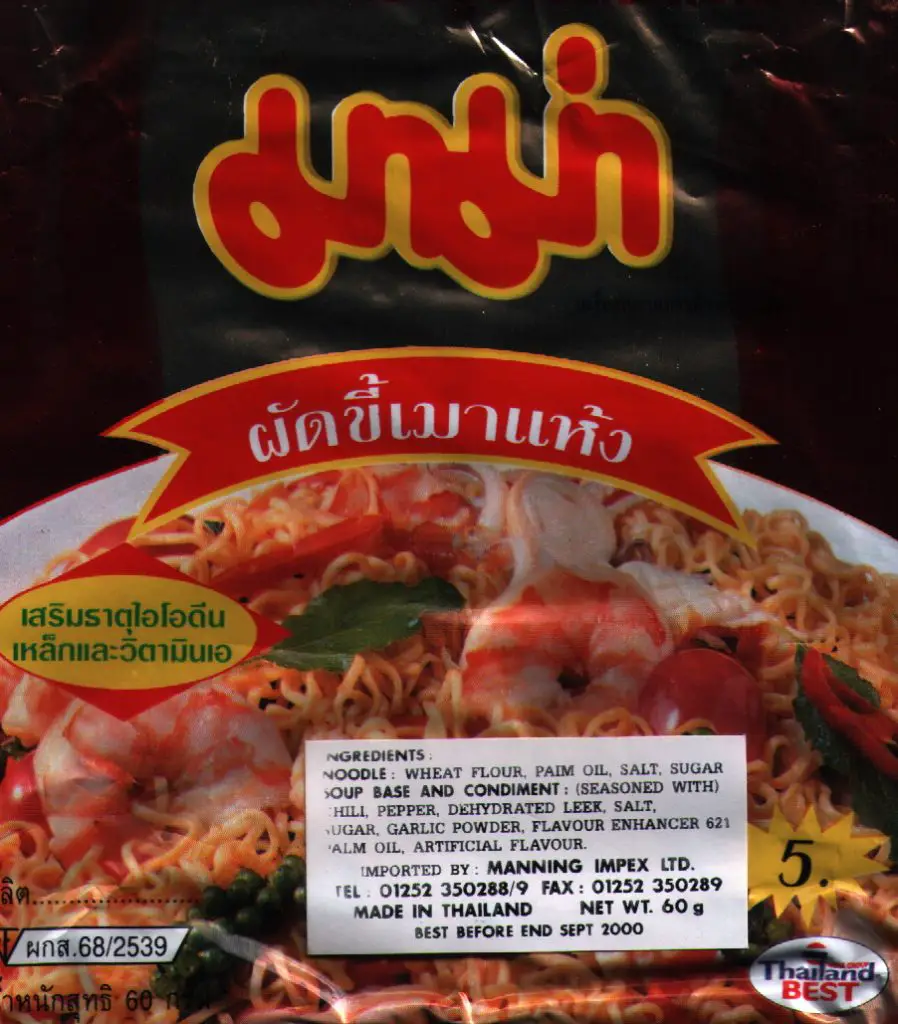
Despite the 60g tag this makes a reasonable portion of noodles, the dried colour of which is golden and not pale. The chilli and soupbase appear standard but the later thoughtfully includes some dehydrated leek and a definite fishy nose (probably shrimp). The real shock is reserved for the flavouring oil which turns out to be rather robust and bright green. The inevitable comparisons to condensed mucus do not bode well but this turns out to be a suprisingly tasty, earthy little number, well worth a second look at an exceptionally cheap price. A close examination of the ingredients on the metallic gold and red packet reveals the contents of the noodles and two of the sachets but not the mysterious green sludge. I may never know…
Mama Minced Pork
BRAND: Mama
FLAVOUR: Minced Pork
TYPE: Normal
No. OF SACHETS: Three – soupbase, chilli and flavouring oil
WEIGHT: 60g
COUNTRY: Thailand
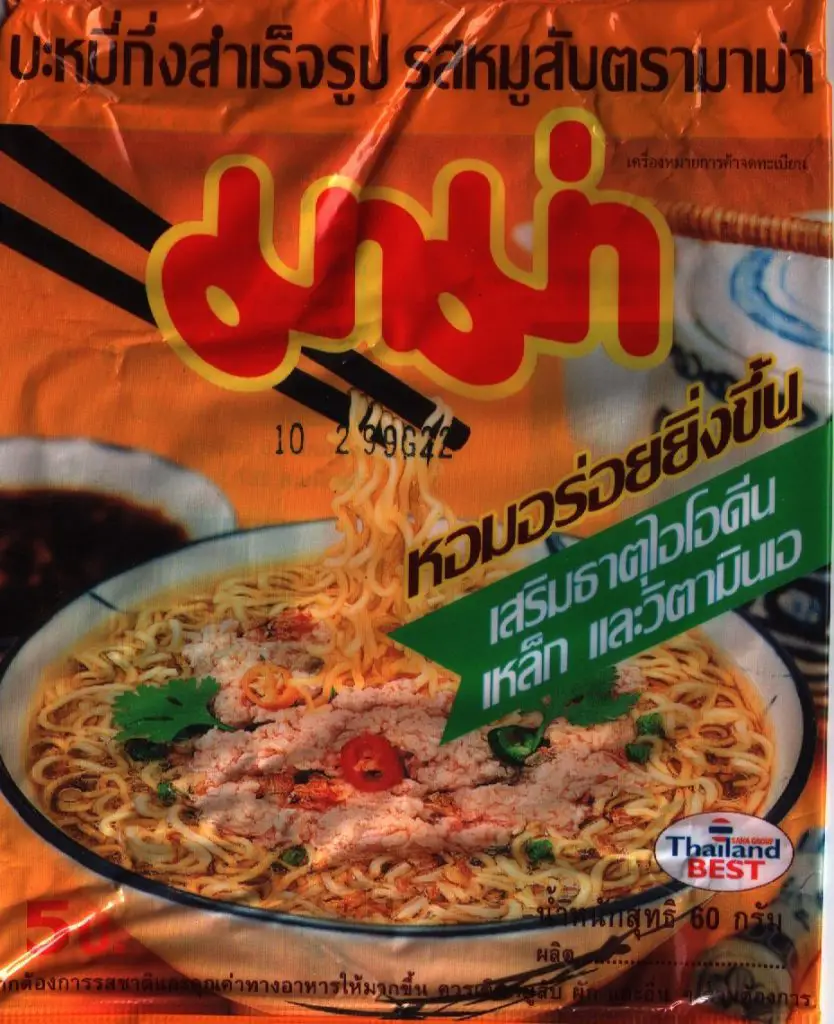
The hand dyed orange wrapper, the golden toasted noodles and the sense of adventure – yes Thailand’s own Mama noodles are back with another intriguing snack. Weighing in at a light 60g (although you wouldn’t know it, they cook up well) and with a flavouring oil that is not, on closer inspection, oil at all but rather a lard/dripping combo for that authentic piggy aftertaste, you may think you’d be in for a fairly greasy time. But no. Instead the flavour is meaty yet at no point outstays its welcome, no extra napkin work required. The piggy taste is at odds with the off-putting albino minced flesh and plastic parsley cover shot and is both warming and satisfying. Also there is no overpowering smell as is all too common with pig based products. All in all a very satisfying experience and one worth repeating.
Mama Tom Yum
BRAND: Mama
FLAVOUR: Tom Yum
TYPE: Flat Noodles
No. OF SACHETS: Three – little sachet of chilli, huge sachet of soupbase and flavouring oil
WEIGHT: 50g
COUNTRY: Thailand
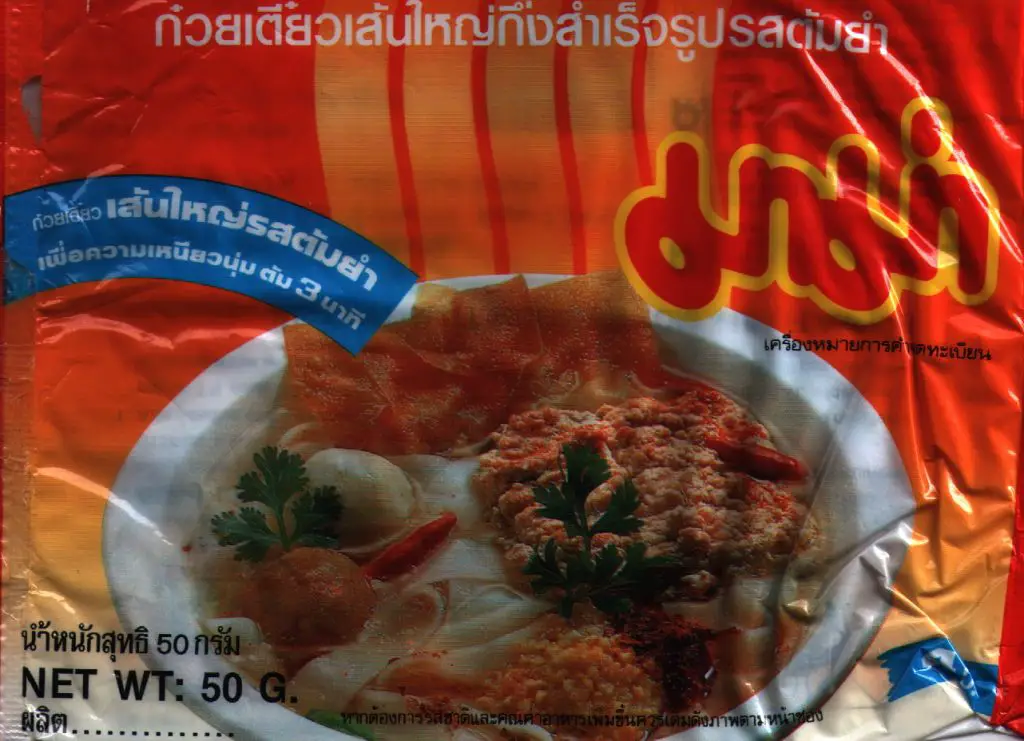
A powder that should be a paste, a paste that should be an oil – what is going on here? Another cryptic product from the Mama range – there are ingredients in English on this one but only for the flat noodles so hardly a revelation. The instructions mention garlic oil but the flavour oil sachet is clearly onion paste. The Tom Yum paste is a huge sachet of crystals and powder. Add the notoriously fickle flat noodles to the whole affair and you’d be right to be suspicious. But first impressions don’t necessarily last and in this case you are more than amply rewarded. The noodles cook without protest, the Tom Yum flavour is very good, far better than could be expected from a powder, and the whole package makes a delightful broth that belies its 50g pedigree. Hot as only the Thais can make it, sweet and delicate. Not recommended for the novice as these noodles are seriously hard to handle with chopsticks, slipping all over the place and making a right mess!
Mama Yentafo
BRAND: Mama
FLAVOUR: Yentafo
TYPE: Normal
No. OF SACHETS: Three – soupbase, chilli and flavouring sludge
WEIGHT: 60g
COUNTRY: Thailand
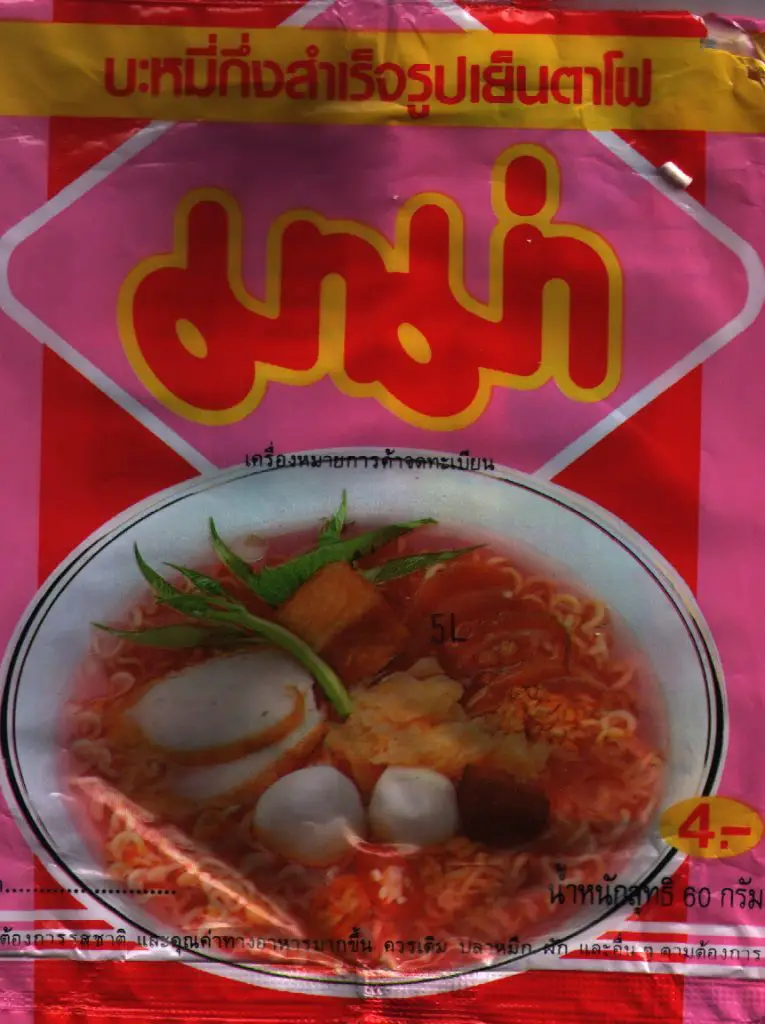
Mama’s mysterious packages continue unabated with yentafo, a flavour shrouded in the most lurid candyfloss pink packaging devised yet – the soupbase in a similar bright artificial pink metallic sachet. The kitchness continues on cooking, these are seriously pink noodles, a real surprise. The flavour is really strange – very sugary sweet with a hint of shrimp, citrus and a whack of tingly chilli hat really hits the spot. There’s a little back taste of fermented soya beans that really lifts this into a different plane, the tell tale Mama leek making a shy appearance just to appease tradition conscious consumers. This is one party noodle, bubbly, light, sweet and hot – absolutely unlike anything else I’ve ever tasted, I am unsure as to whether it comes recommended but I’ll be stocking a few for when I want something that’s not afraid to be different.
Mama’s Tom Yum Goong – Spicy Shrimp Soup
Brand: Mama
Flavour: Tom Yum Goong – Spicy Shrimp Soup
Type: Instant pot wide rice ramen
No. Of sachets: 3
Weight: 70g 250kcal
Country: Thailand
Website: https://www.mama.co.th for dull corporate stuff or the mad animated dubiously titled http://mamalover.net
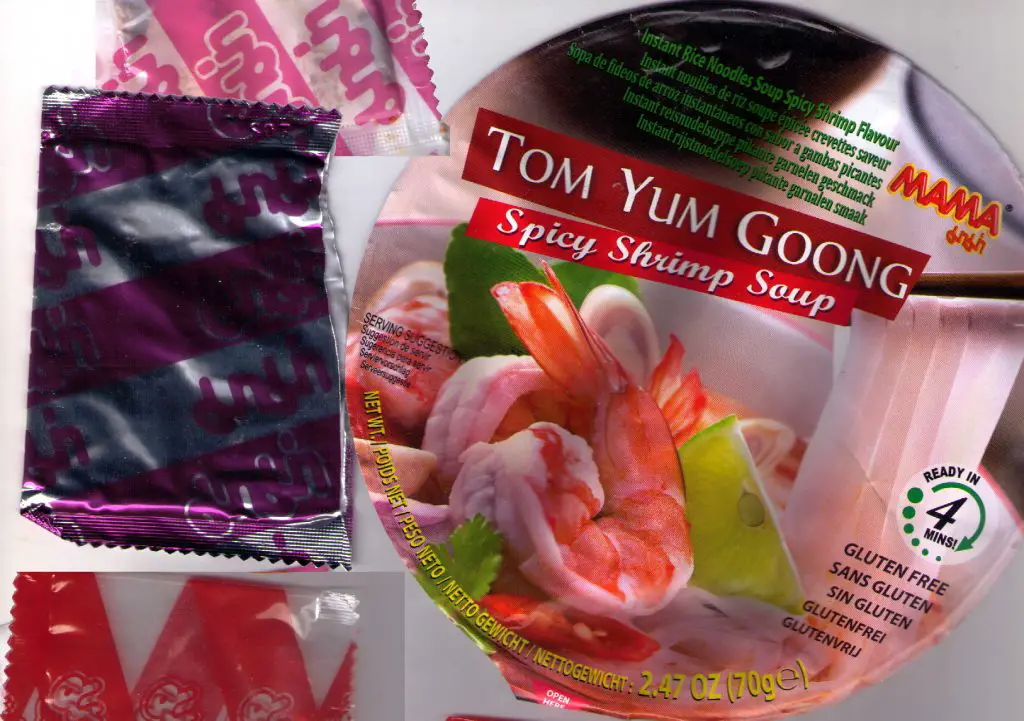
Soup is good. Noodles are good. But blend and make them accessable and easy and you have, as is decribed in minor but sucinct (if a little uninspiring) detail on the cover of this predominantly card bowl of soup supping joy “Instant Rice Noodles Soup Spicy Shrimp Flavour”. This bland, succinct but accurate descriptive title ahead of the multiple font, changed case implementation and background coloured indication that this is better described enthusiastically as “TOM YUM GOONG Spicy Shrimp Soup”. This is TomYum so soup and spicy is the expectations and her they reside with the hearty addition of noodles. The noodles on offer here are rice based flat noodles that are a welcome complement to the soup. You hope, so you need to instigate the creation process. Often this is a normal, simple, instant noodle creating process but there can always be a hint of doubt when launching into the cooking process but also the requirements of consumption after cooking. Have you remembered the eating utensils? If not, don’t panic as mama has prepared it all for your ease of consumption. Not only is your noodle soup available to eat in its own recepticle you are even given the necessary utensil to consume your meal (you’ll need to drink the soup by supping from the pot naturally) in the form of a useful fork, handily folded to fit in the contasiner and providing a welcome surprise meaning all you need for the broth and noodle excursion is some boiling water. Mama has sorted it all, although she trusts you enough to finish her created concoction, provided you do what she says of course, because mama cares but also has rules. Fortunately though the provided three sachets are delightfully colour coded to place things in context – two dried and one tasty pastey so you know how to sprinkle and squeeze as is appropriate. So when the bowl has been cooked just as mam has said you manufacture your suplied fork and tuck in , swirling the rice noodles around before supping the soup, the flat noodle concoction proving ideal for the fork iin the liner nature that makes the utensil ideally sorted to the non rounded noodle variety. Taste is good and tom yum with the heat accompanied by the sweet and sour emphasis of the lemongrass that gives a nice side taste. The shrimpy nature is also inherent and plasent and then the surprise. Theres a nice chewy brief texture and you realise that the shrimp is not just the expected (but totally acceptable) shrimp powder (of which there is some for broth accent) but shrimp. Real little shrimp that have come from dried. Just a few little crustacean mastication ensues but its the little shrimps (sorry, details) that make the difference. So all but you need bar boiling water in a spicy bowl of soupy supping flat noodle joy. Puts the yum into tom yum.

Making Miso Happy Part 1
Miso is the very essence of the fifth flavour umami, that enigmatic taste of ‘savouriness’ or ‘deliciousness’ and forms the flavour base of so many Japanese dishes. At its heart it is basically a fermented mix of soy beans, rice, koji (aspergillus oryzae, the national mould of Japan – really!), salt, water and time…
Like many Japanese foodstuffs, miso has regional variations. As a general rule (and there are always exceptions) the colour of finished miso is darker in the north, and lighter in the south of the country. Kyoto is famous for sweet white miso, for example. This means that it is possible to encounter a wide variety of miso on your travels – from rich umami to salty to sweet and with textures from smooth to chunky.
We visited a miso factory/koji park on a trip to Kanazawa on the western coast of Japan. Shinkansen (bullet train) construction reached Kanazawa just recently, in 2015, and the city is now easily accessible from Tokyo; the journey takes around 2.5 – 3 hours. It’s a great city with a lively market (which has some amazing seafood restaurants) and one of the top three gardens in Japan. The miso factory is located at Ohno machi (Ohno port), which is a bit of a journey; you can catch a bus from the Kanazawa station area (ask for the location of the bus stop at the tourist information centre inside the station concourse – it’s a five minute walk away) and it’s the very last stop. When you arrive at the sea you are there. You’ll likely be the last ones on the bus. Alternatively you can get a taxi. The journey from the station takes around 20 minutes but the cost is considerably higher than the bus. Then just walk over the bridge to the little island.
As an aside, at the far end of the island is a charming museum of mechanical toys which has a brilliant hands-on exhibition where you can spend hours playing games and enjoy viewing antique toys and games. The staff were absolutely delightful and very much wanted to make sure we enjoyed the exhibits. They were also very helpful when it came to supplying a timetable for the bus journey back into the centre of Kanazawa.

There are many historic mechanical puppets – karakuri – on display. The museum is a memorial to Benkichi Ohno,a master craftsman who lived in the area from 1831. Many of his creations can be seen at the museum.


Some exhibits show you how the puppet mechanisms work.
Some dolls are cute(ish) which turn into scary (incidentally these words are, respectively, kawaii and kowaii in Japanese, be careful not to confuse the two!).


Around the circumference of the main building there are tables and chairs set out with all sorts of puzzles that you can try to solve.

It’s a really hands-on museum and it was lovely to see families with children of all ages sitting together and working out solutions to some of the puzzles.


This doll is 300 years old, from the Edo period. The craftsmanship is exquisite.

Just as we were leaving the park, the heavens opened and the rain started lashing down. We started to make a dash but a lovely staff member ran after us, brandishing an umbrella. We thanked her kindly but explained that we were British and were used to lots of rain. No, they insisted, and gave us a brolly so that we wouldn’t get wet. We’ve experienced this sort of kindness all over Japan, a welcoming generosity that just makes us love the country more and more.
So, after a lovely diversion, it was on to the Yamato koji park, just a 10 minute walk (or 5 minute trot in the rain) away at the other end of the island. It’s part factory, part museum, part shop and part café. There weren’t any specific tours when we visited but the staff were super-helpful and directed us to a display where we could understand how miso is made.

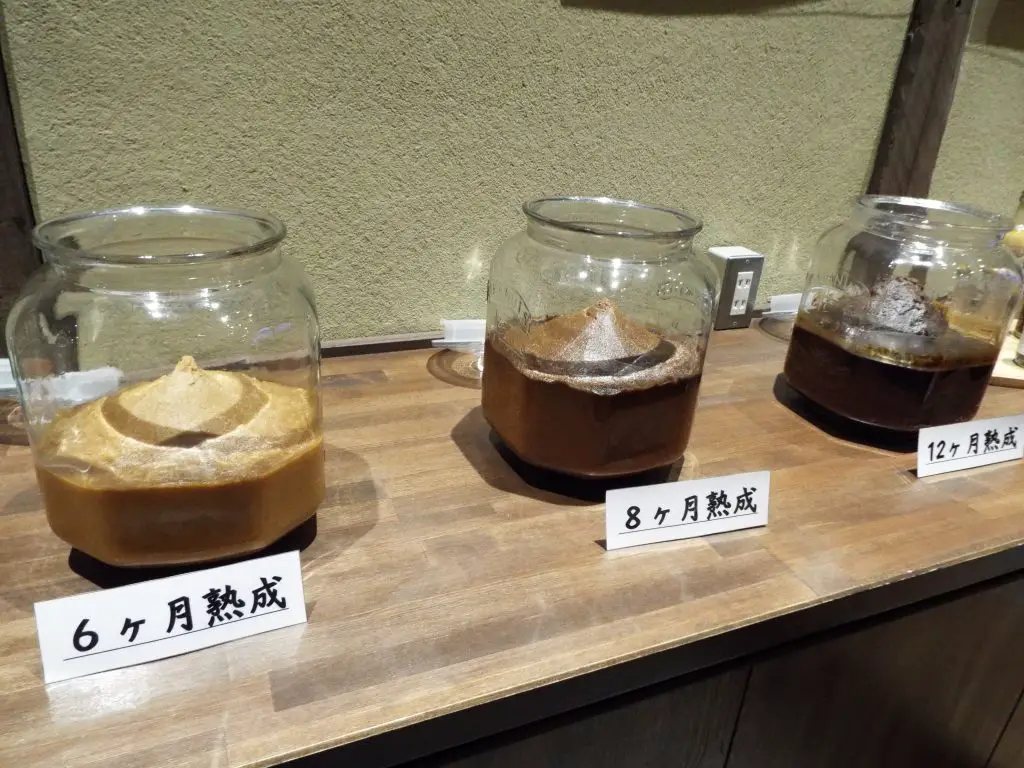

Miso basically contains five ingredients: water, koji, soy beans, rice, salt. Koji thrives on the rice. Then it is mashed with the soy beans, salt and water. After about six months yeast forms. The miso flavour develops thanks to the interactions between the yeast and the koji. Fermentation can take as long as three years.
Soy sauce is made using a very similar process and ingredients to miso but uses wheat instead of rice. A mash is formed and then it’s pressed (like olives for olive oil). After fermentation, the resulting liquid is soy sauce. It was fascinating to taste the difference between pasteurised and unpasteurised soy sauce. Unpasteurised soy has a more complex flavour because some of the heady aromas are lost in the pasteurization process.
Some the the traditional fermentation vessels are enormous. This was over two metres in height.

You can also dip your hands into a koji hand bath which will, apparently, give your skin a soft and delicate sheen. It’s quite nice to be able to dip your hands into a warm bath, especially on a cold, wet day. Apparently two minutes is the optimum time – there is a timer so you can check. And yes, we can confirm that our hands did emerge from the bath silky-smooth.

There is a shop with an extensive variety of products and you are able to sample before you buy. It was particularly interesting to be able to taste different sauces and compare the flavours.




Amazake is a sweet, low alcohol drink made from fermented rice and koji. Amazake literally means ‘sweet’ (ama) ‘sake’ (sake, which can be used to describe alcohol). You can buy the paste, mix with hot water and drink. It tastes sweet and has a smooth, creamy texture. And for a delicious dressing, you can mix amazake with ponzu soy sauce (ponzu is a citrus juice comprising Japanese fruits sudachi, yuzu, and kabosu and vinegar mixed with soy sauce to give an amazingly tangy, salty flavour) in the ratio 1:1.

And one of the best foodie souvenirs ever – for the adventurer who cannot travel without seasoning – spray soy sauce, conveniently packaged in a container that would even fit into your hand-baggage.
They also have a café and ice-cream maker. Amazake and soy sauce ice-cream were on offer and we tried both. Soy sauce ice cream sounds so wrong but it was delicious, full of rich salty umami flavour that complemented the creamy sweet ice-cream.


What was also rather lovely was that the CEO, Mr Yamato, was on site that day and came to say ‘hello.’ We can’t think of many companies where the boss would greet some very enthusiastic, albeit extremely damp, tourists.
We shopped for as many products as we could fit into our luggage. One particular packet that we were very happy to find was that of inoculated rice koji. It was also conveniently flat for packing and much cheaper than koji that we can purchase in Europe.

Making our very own miso was most definitely going to be one of our foodie missions on our return home. And this is how we made it…

- Kobe Beef in Kobe – Is It Worth It?

- World’s Best Breakfasts -Breakfast of Champions!
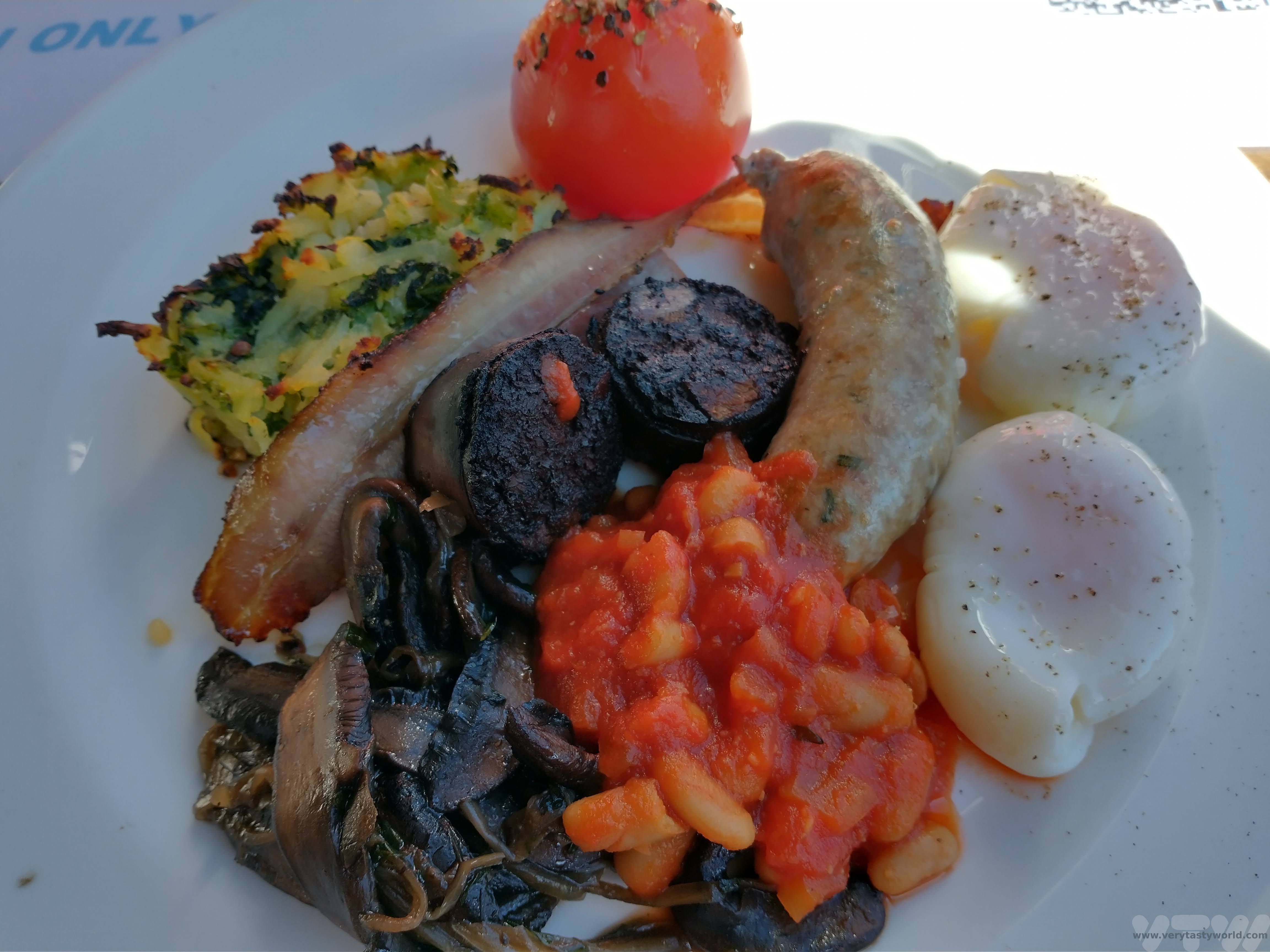
- Recipe: Simmered Shiitake Mushrooms
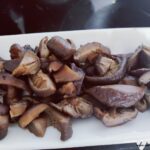
- How to Use Public Transport in Japan

- RECIPE Oyakodon Donburi
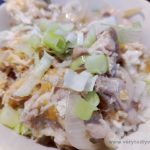
- Planning a Trip to Japan
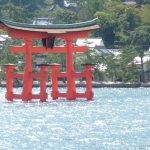
- The Makanai: Cooking for the Maiko House

- Setsubun Food – Bean Throwing Day
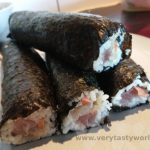
- The Gassho Farmhouses of Rural Japan

Super-Vlaai in South Netherlands!
Limburg in the south of the Netherlands offers a complete contrast to the cosmopolitan charms of Amsterdam. When we recently picked up train tickets at Schiphol airport’s railway station to make the two hour journey, the friendly ticket master inquired, “are you sure you are going to South Netherlands?” On receiving a positive reply he very kindly printed out a timetable for us showing us where and when to change trains. He was super-helpful.
Limburg is a rural area and the way of life is more relaxed. The flat landscape, interspersed with pretty towns and villages, is ideal for walking and cycling at an easy pace, especially along the banks of the broad River Maas.

Limburg residents are very sociable. This is emphasised by their greeting technique: not one, not two, but three kisses on the cheek. Left-right-left. Or right-left-right. Either is fine.
If you are lucky enough to visit a local home you will almost certainly be offered coffee and vlaai. Dutch coffee is always properly made ground coffee. Vlaai – also known as Limburgse Vlaai – is a fruit tart.
The base isn’t made from traditional flaky pastry but from a yeast dough which gives it a light, cake-like texture. Each vlaai comes as a big round disc of deliciousness, usually around 30 cm in diameter. It is cut into large slices for guests to enjoy.
So Many Varieties of Vlaai
The traditional vlaai is a fruit-based tart, often with a latticed pasty top. Cherries, apricots, apple – all sorts of soft fruit can be used as a filling. It may be served with a dollop of rich cream.

And then there are more unusual variations. The gooseberry vlaai topped with fluffy meringue is both tart and sweet.

Berry mouse and meringue is also a great combination.

The rice pudding vlaai, with cream and chocolate shavings for added decadence, will keep you satisfied for a week.

Tradition dictates that visitors are offered coffee and vlaai and it is polite to accept. Apparently it is also considered to be a little bit rude not to accept a second slice. It’s possible that Limburgians have a secret second stomach as it is genuinely impossible to eat two slices of vlaai in quick succession, scrumptious though it is.

